Hello everyone.
Do you like classic cars and antiques? What about visiting museums about them? I love it so much. In my opinion, everything that time adds value is very beautiful. Thanks to the collectors, who collect everything that time cannot wear, we can look back to the past. Thus, we can catch some clues about the past. That's why these collections or items that testify to the old times on display in the museum can sometimes be priceless. This eternal value is the reward of coming out victorious from the war against time.
Herkese merhaba.
Klasik arabaları ve antika eşyaları sever misiniz? Peki ya bunlarla ilgili müzeleri gezmeye ne dersiniz? Ben çok severim. Bana göre zamanın değer kattığı her şey çok güzeldir. Zamanın yıpratamadığı ne varsa biriktiren koleksiyonerler sayesinde dönüp geçmişe bakabiliyoruz. Böylece geçmişe dair az da olsa ip uçları yakalayabiliyoruz. O yüzdendir ki bu koleksiyon parçaları ya da müzede sergilenen eski zamana tanıklık eden eşyalar bazen paha biçilemez olabiliyor. Bu ebedi değer, zamana karşı verilen savaştan galip çıkmanın mükâfatıdır.
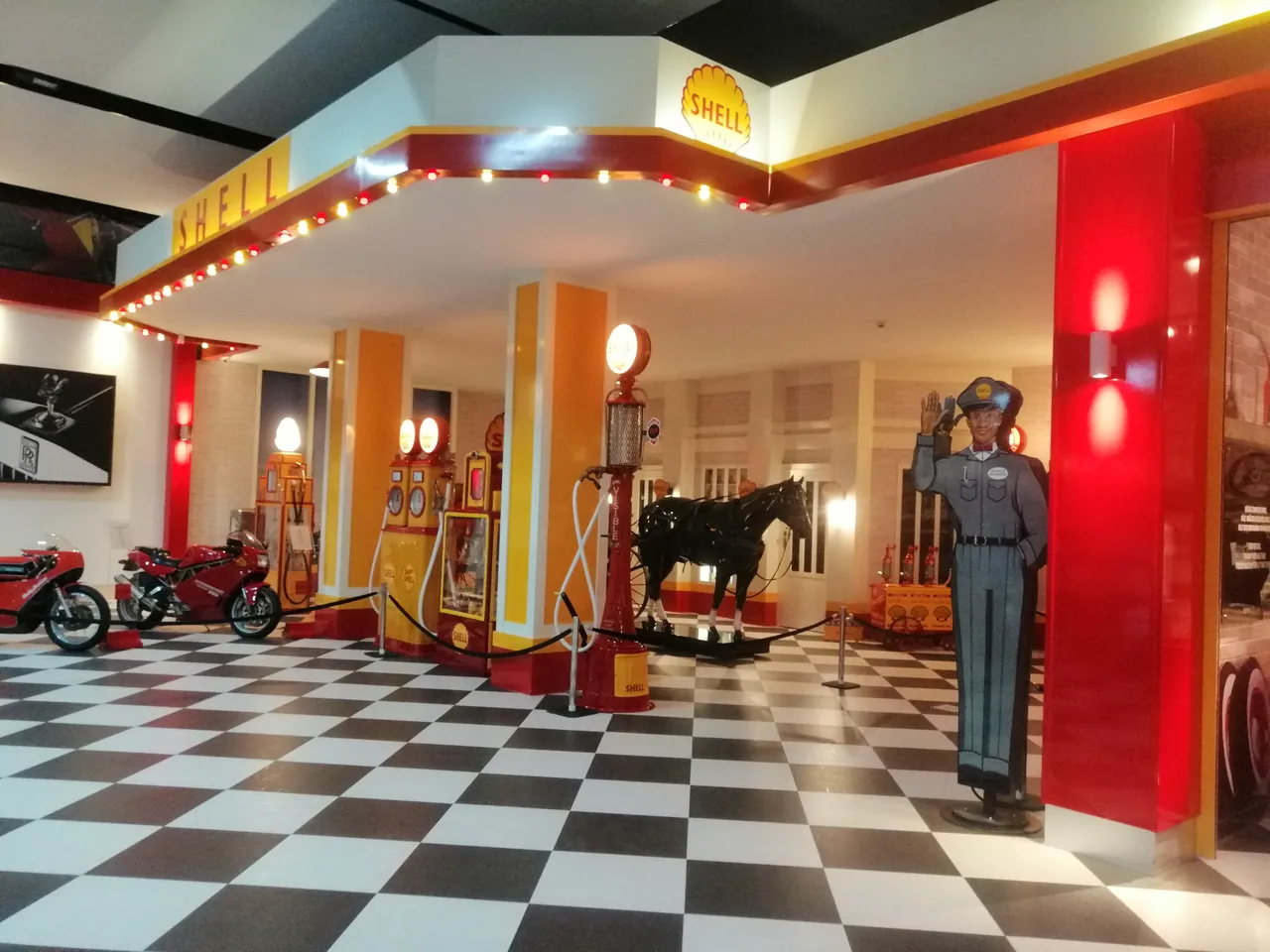
This Saturday, I went to the Key Museum in the town where I live. I got a lot of suggestions from my friends and relatives who went before me. But this Saturday I had the opportunity to go. Frankly, as soon as I walked in, I asked myself why I didn't come here before.
Key Museum opened its doors to visitors in Izmir's Torbalı district in 2015. Its total area is estimated to be around 7000 square meters. This museum is Turkey's largest and most comprehensive automobile and motorcycle museum. The Key Museum has dozens of classic cars and dozens of motorcycles. Apart from classic motor vehicles, this magnificent museum also hosts thousands of model toy cars, dozens of car-themed scarves, automobile mascots (hood emblem) and a fuel station. The Key Museum is open to visitors from 10:00 to 17:00 on all days except Mondays and Tuesdays. So today, we're going to talk about the fuel station in the first part of the Key Museum Series. So let's start slow.
Bu cumartesi ikamet ettiğim ilçede bulunan Key Museum'a gittim. Benden önce giden arkadaşlarımdan, akrabalarımdan gitmem için çok fazla öneri aldım. Ancak bu cumartesi gitmeye fırsatım oldu. Açıkçası içeriye girer girmez kendime neden daha önce buraya gelmediğimi sordum.
Key Museum 2015 yılında İzmir'in Torbalı ilçesinde ziyaretçilere kapılarını açtı. Toplam alanının yaklaşık 7000 metrekare civarında olduğu tahmin ediliyor. Bu müze, Türkiye'nin en büyük ve en kapsamlı otomobil ve motosiklet müzesidir. Key Museum'da onlarca klasik otomobil ve düzinelerce motosiklet bulunmaktadır. Bu görkemli müze, klasik motorlu araçların dışında aynı zamanda binlerce model oyuncak arabalara, araba temalı onlarca eşarba, otomobil maskotlarına(kaput amblemi) ve bir de yakıt istasyonuna ev sahipliği yapıyor. Key Museum, Pazartesi ve salı günlerinin dışındaki bütün günlerde 10:00 ile 17:00 saatleri arasında ziyaretçilere açıktır. İşte bugün, Key Museum Serisi'nin ilk bölümünde yakıt istasyonundan bahsedeceğiz. Öyleyse yavaştan başlayalım.
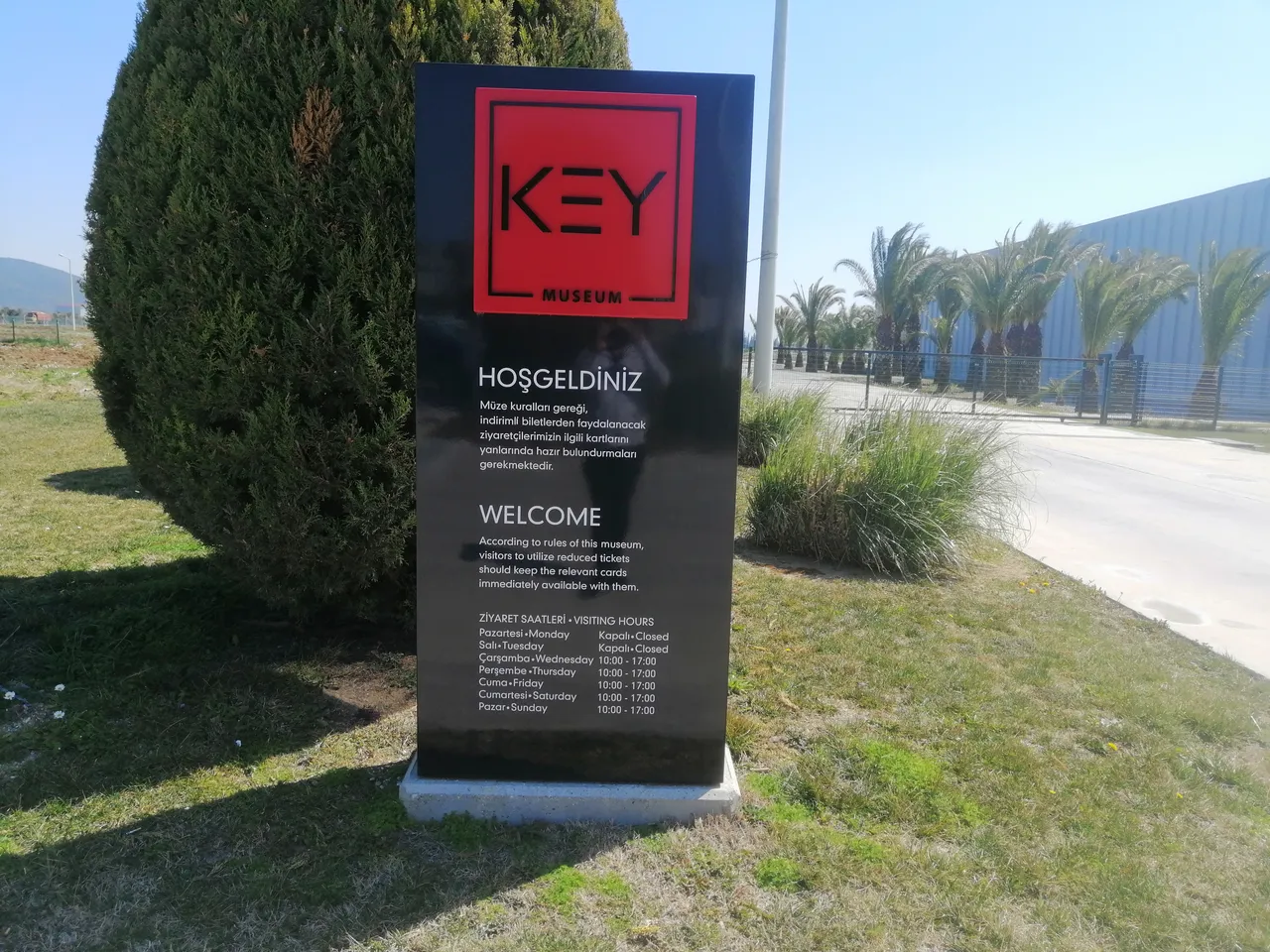
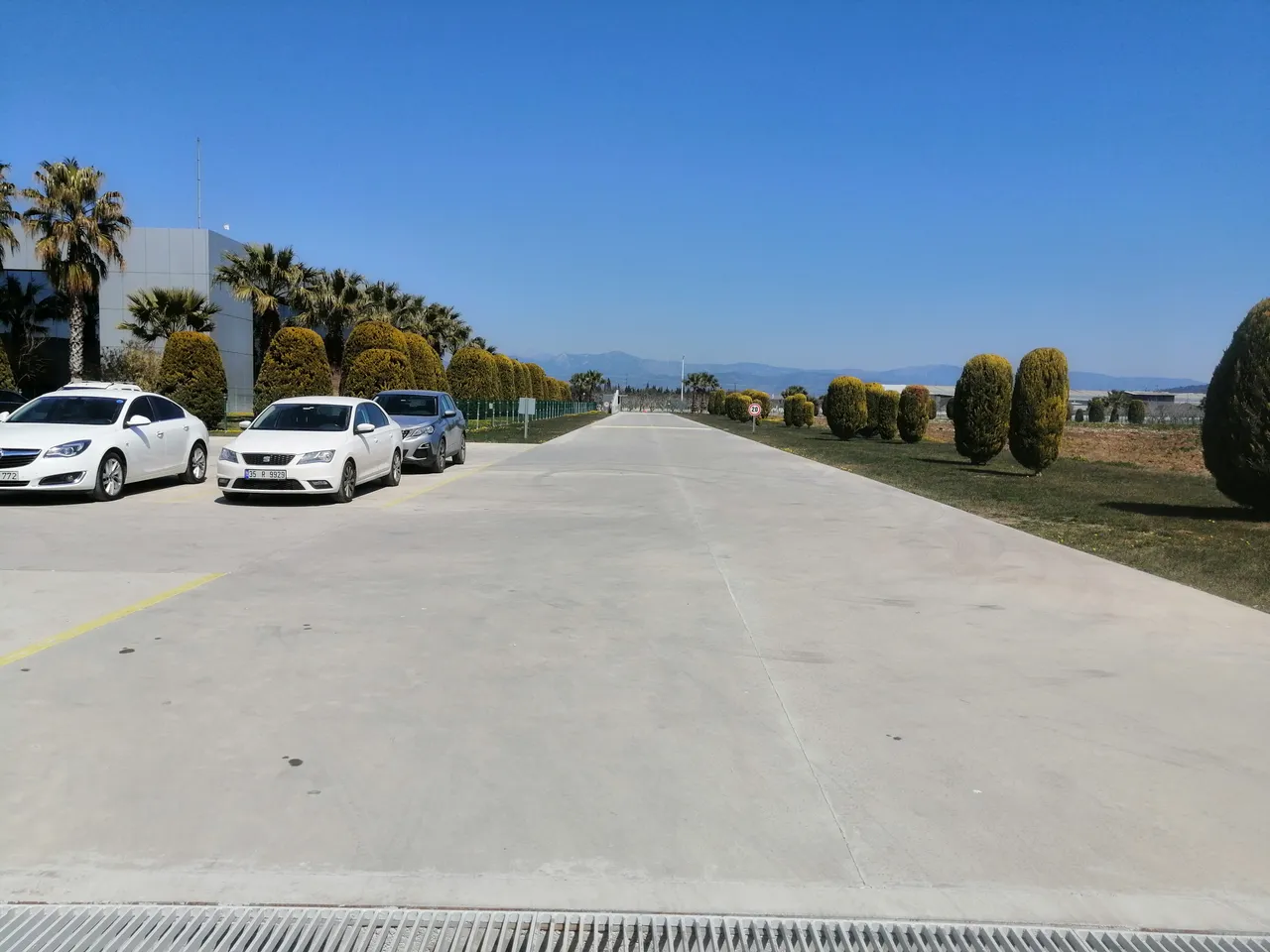
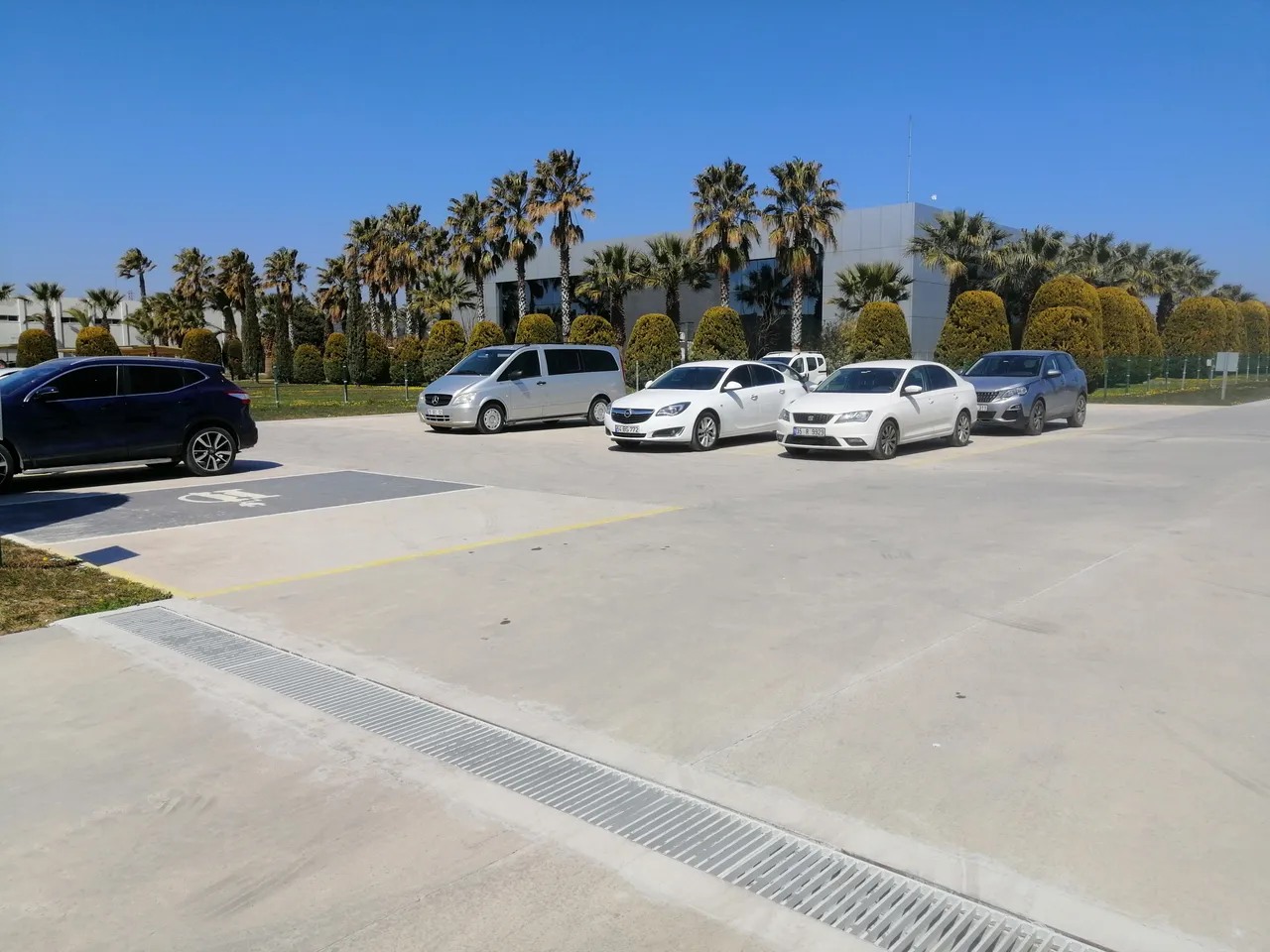
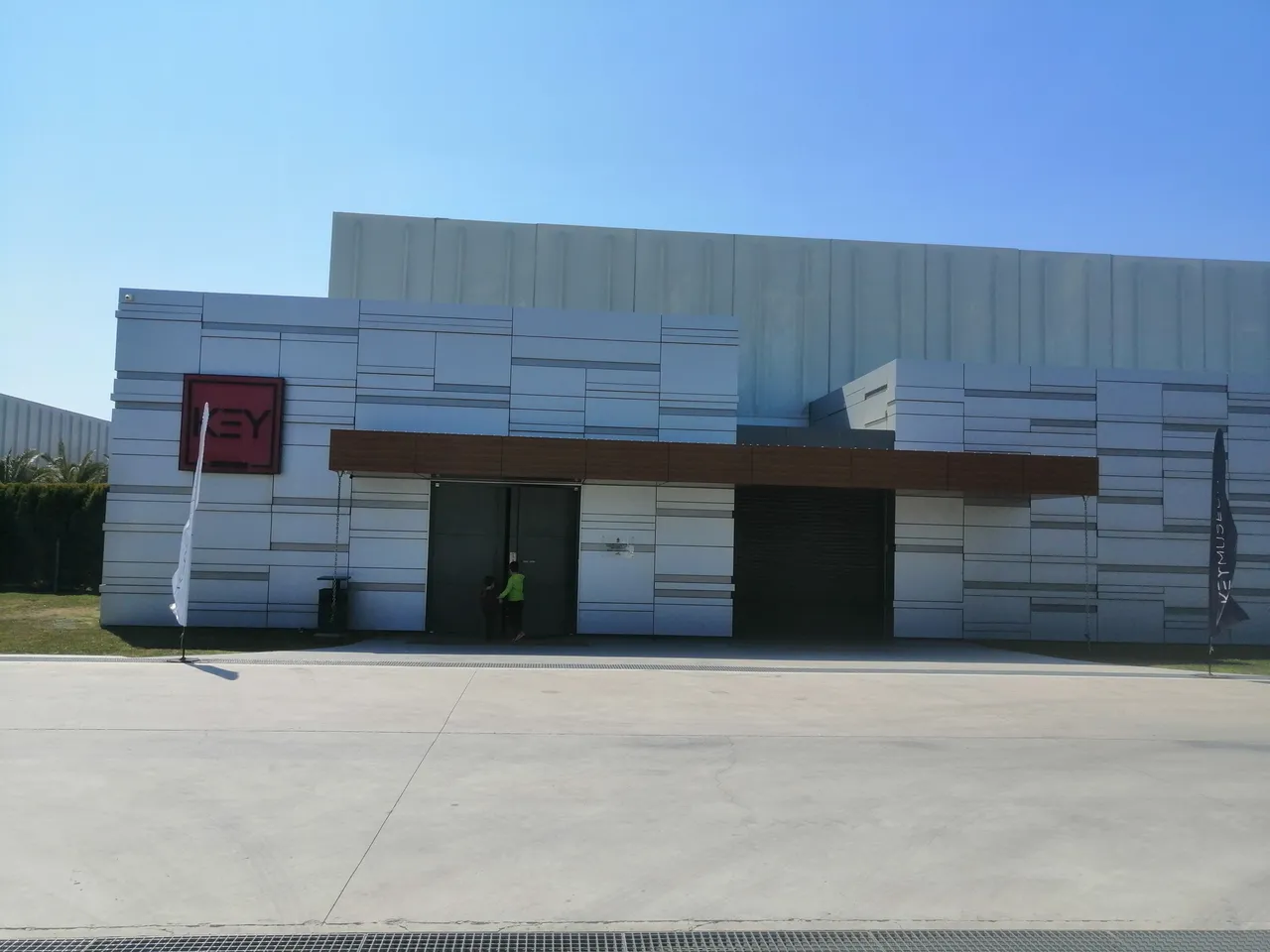
You have to open a heavy hangar door to get inside. Yes, it's a steel hangar door. Cars are well protected. When you enter, the friendly staff greets you. The world's first motorcycle, the 1885 model Daimler Reitwagen, and the world's first car, the 1886 model Benz, stand out right in front of the cashiers. Right across the entrance, you can see the photograph of Atatürk taken in the car. After examining the entrance for a while, I headed to the cashier and wanted to buy my entrance ticket. Since I am not a teacher or student, I could not benefit from the discounted rate, but I still paid a small amount of 3 dollars. Instead of giving an entrance ticket, they handed me a nice postcard with a brief description of the Key Museum. I really liked this. I think I'll keep it.
İçeriye girmek için ağır bir hangar kapısını açmanız gerekiyor. Evet, bu bir çelik hangar kapısı. Otomobiller iyi korunuyor. İçeri girdiğinizde güler yüzlü personel sizi karşılıyor. Dünyanın ilk motosikleti olan1885 model Daimler Reitwagen ve dünyanın ilk otomobili olan 1886 model Benz veznelerin hemen karşısında kendini gösteriyor. Girişin hemen karşısında da Atatürk'ün otomobilde çekilmiş fotoğrafını görüyorsunuz. Girişi biraz inceledikten sonra vezneye yöneldim ve giriş biletimi almak istedim. Öğretmen veya öğrenci olmadığımdan ben indirimli tarifeden yararlanamadım ama yine de 45 TL gibi cüzi bir miktar para ödedim. Giriş bileti vermek yerine Key Museum'un kısa bilgisi bulunan güzel bir kartpostal tutuşturdular elime. Bu çok hoşuma gitti. Sanırım bunu saklayacağım.
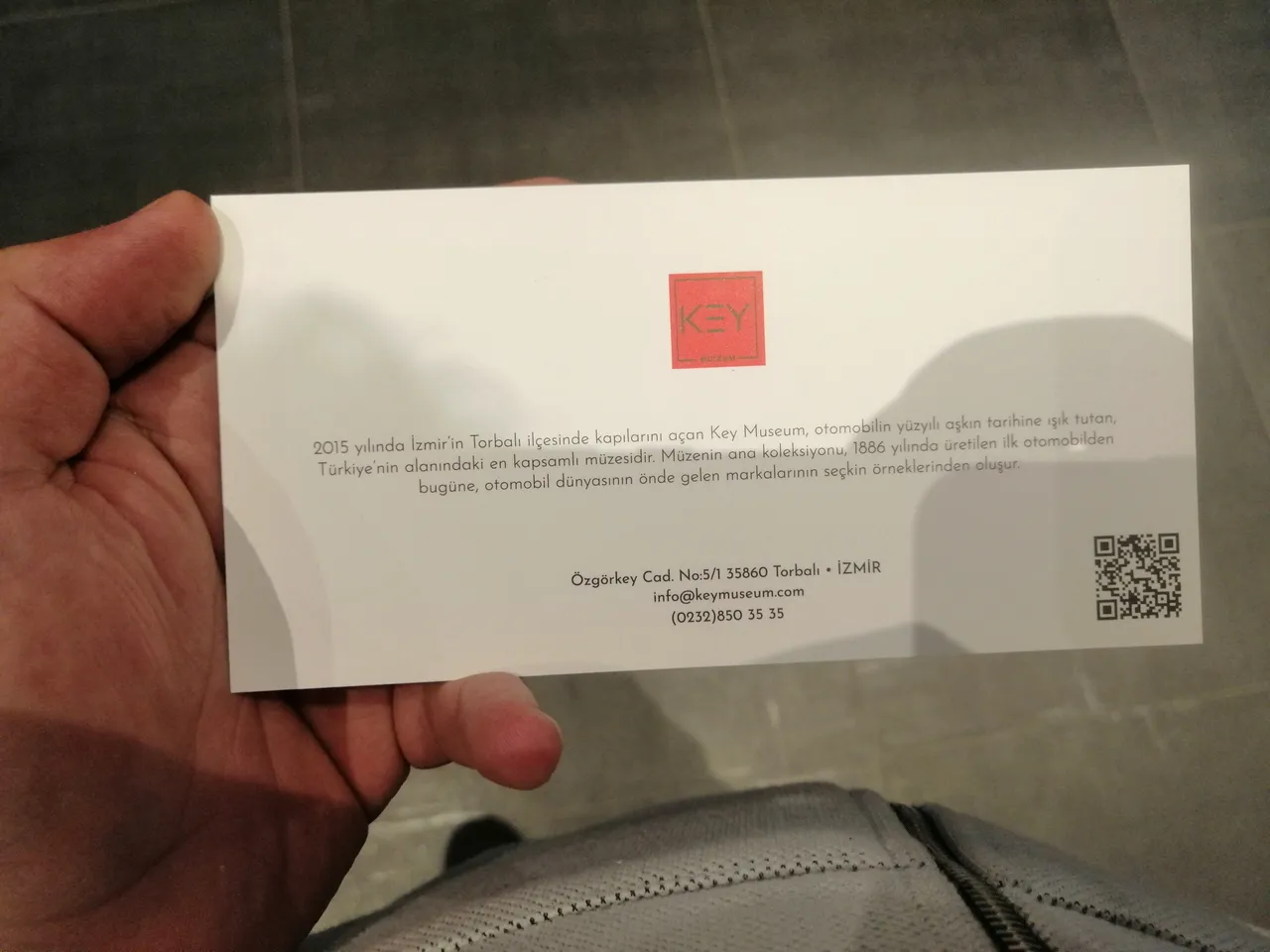
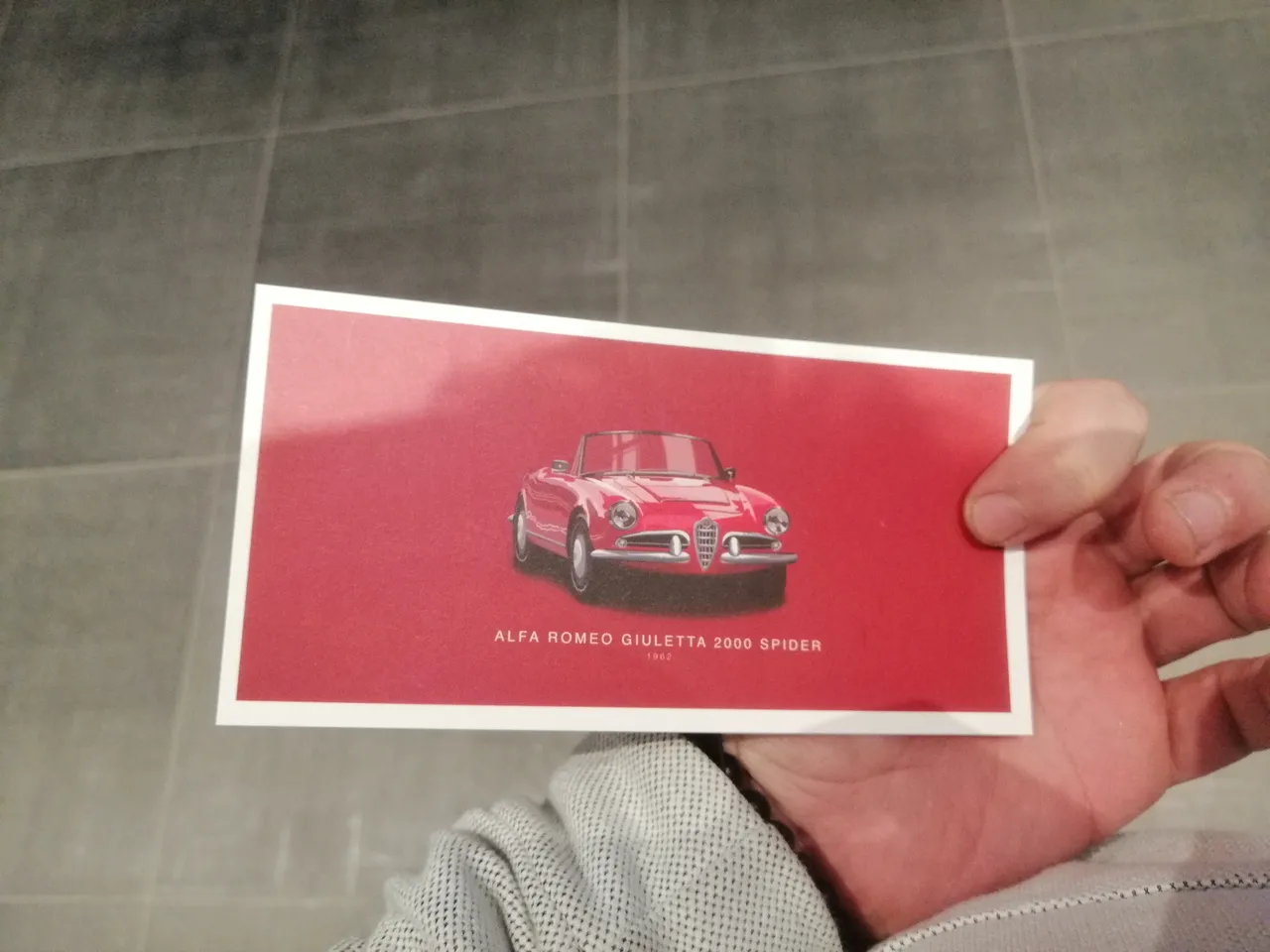
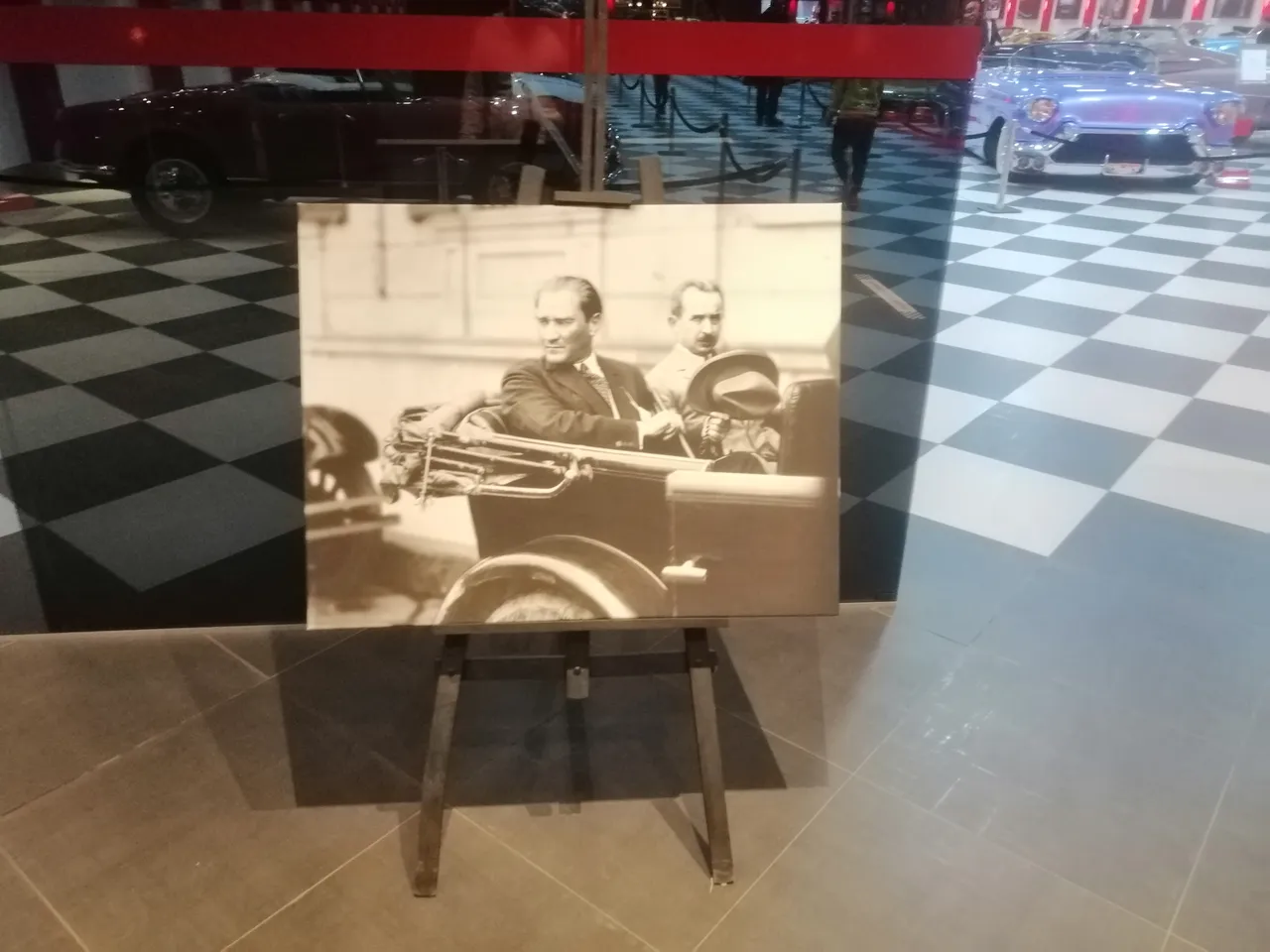
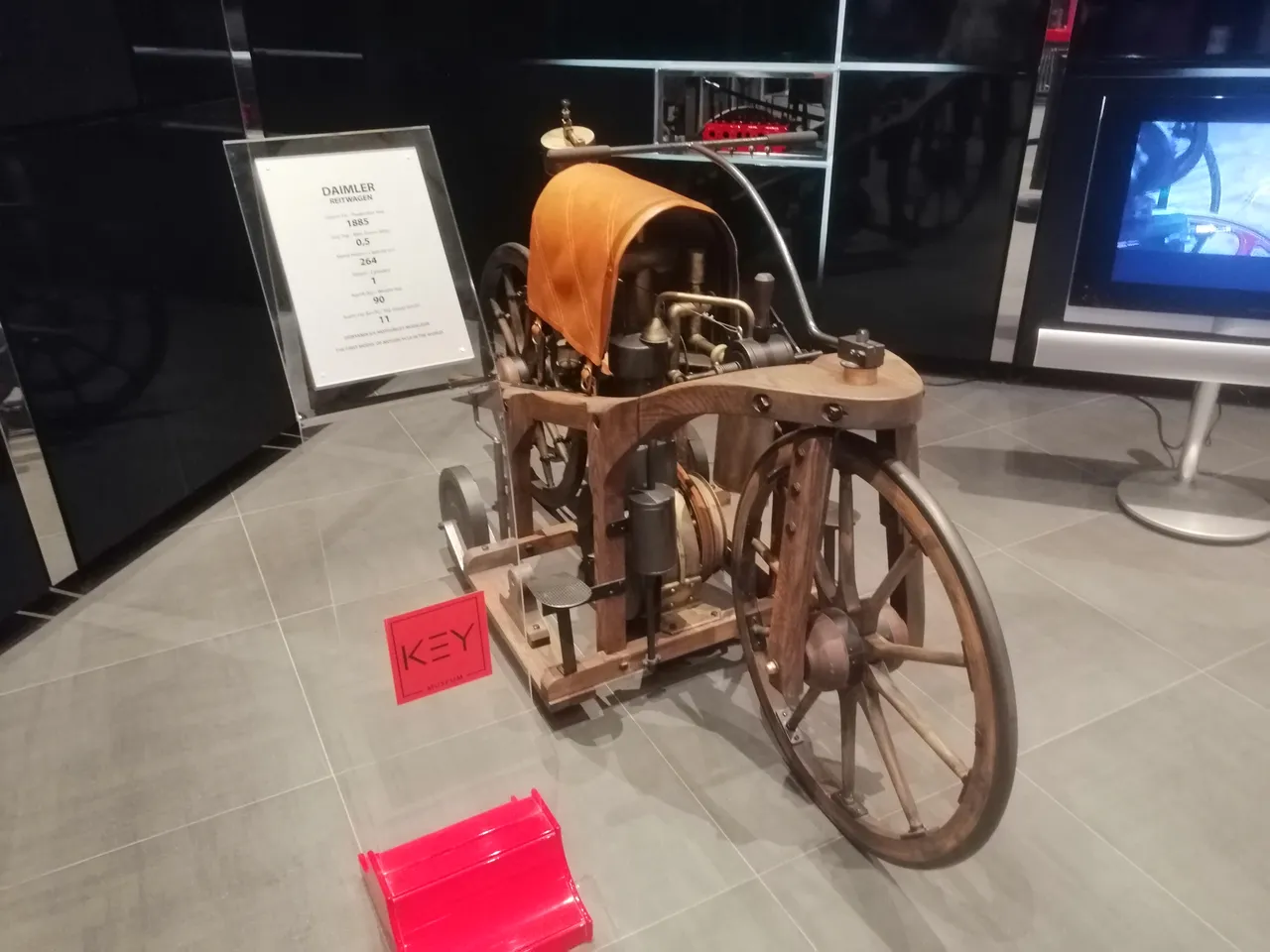
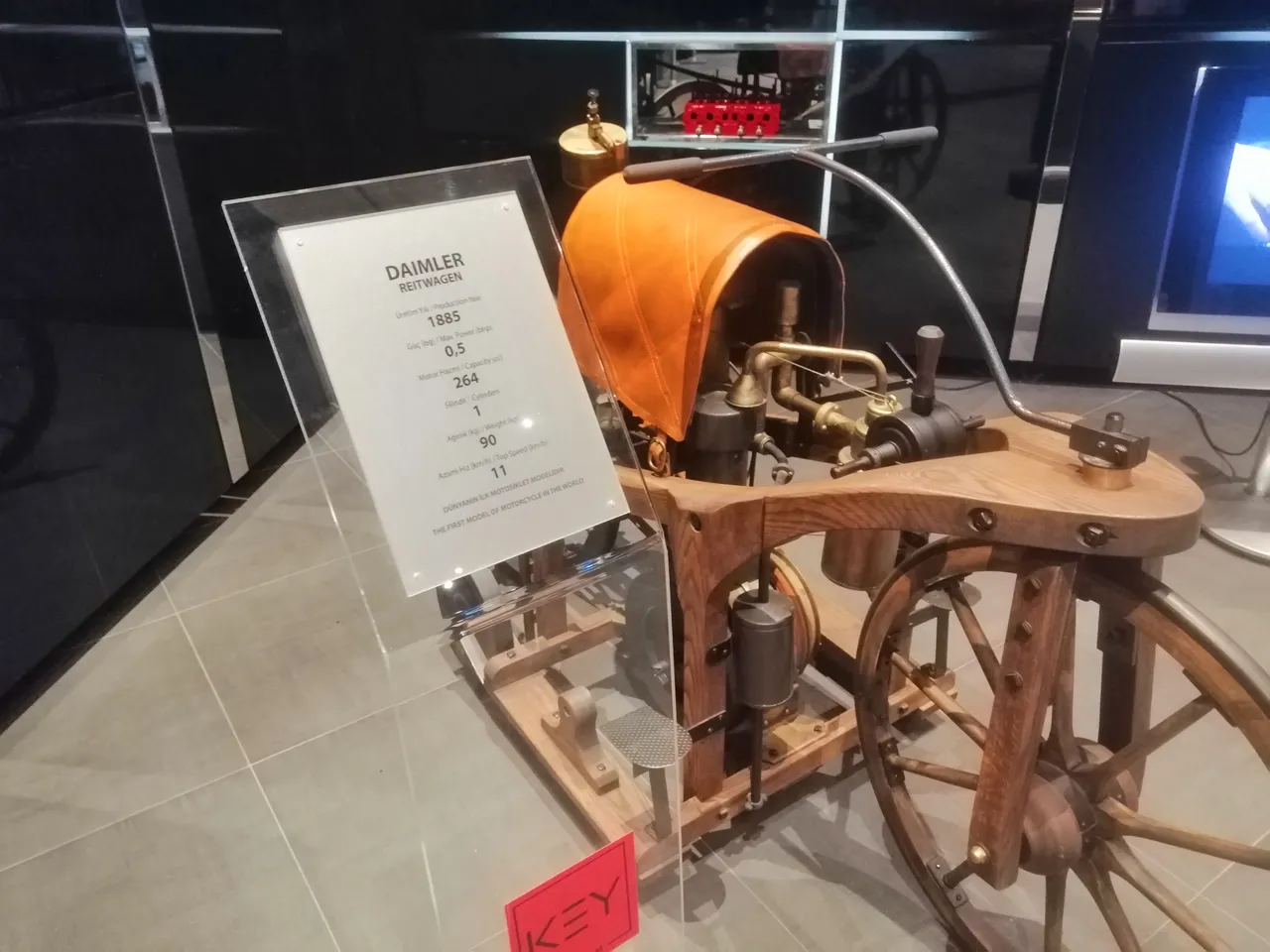
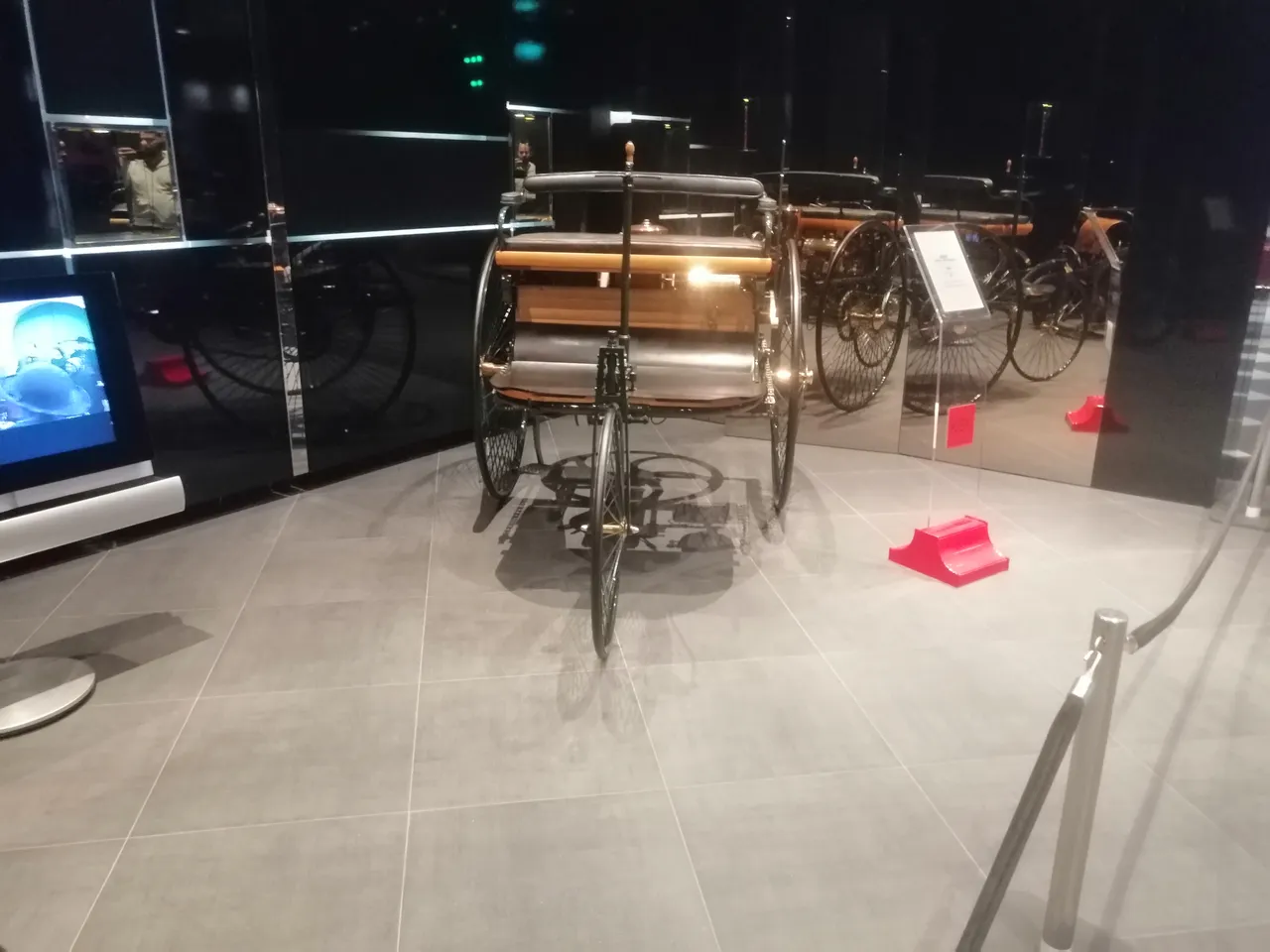
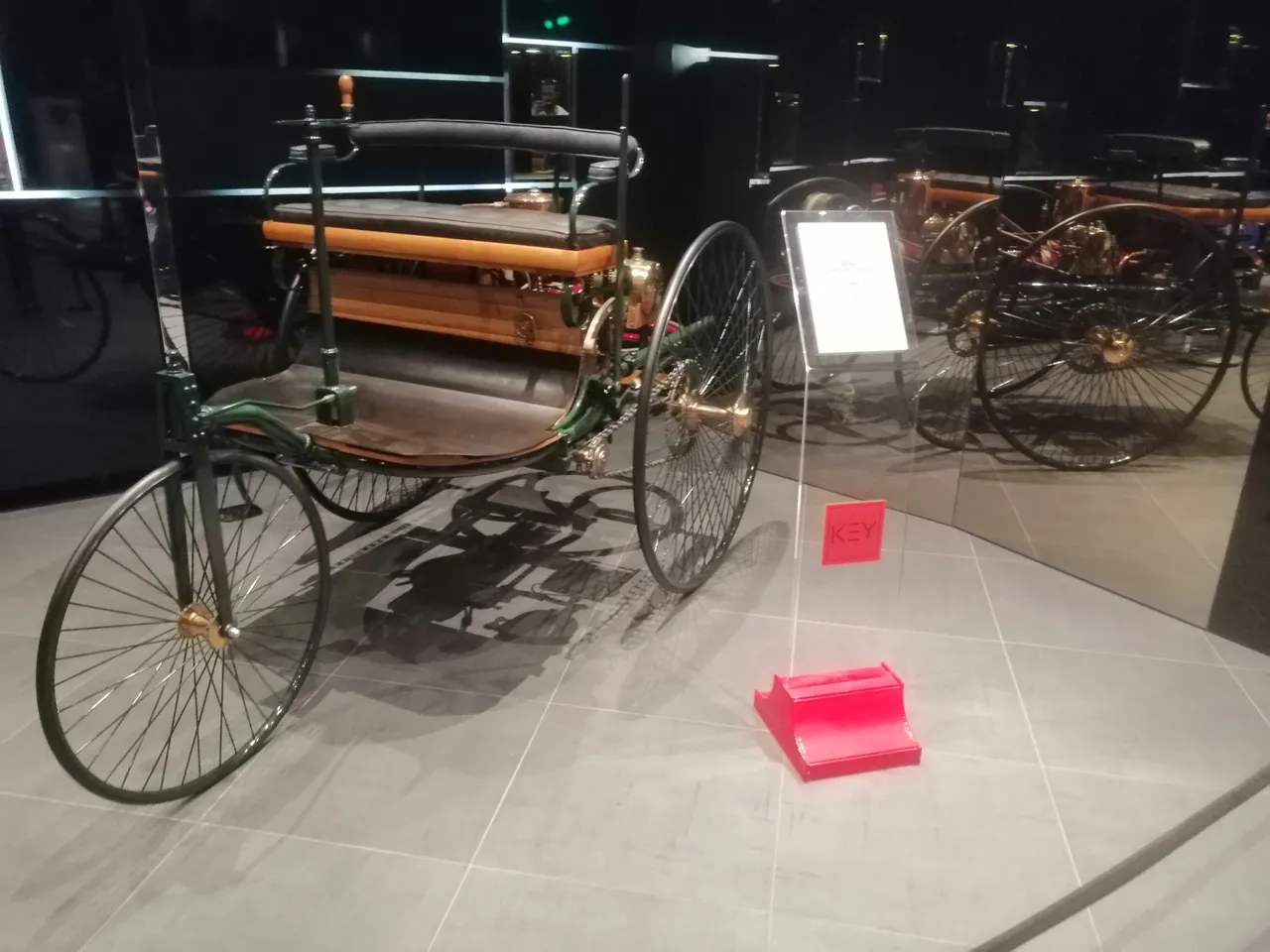
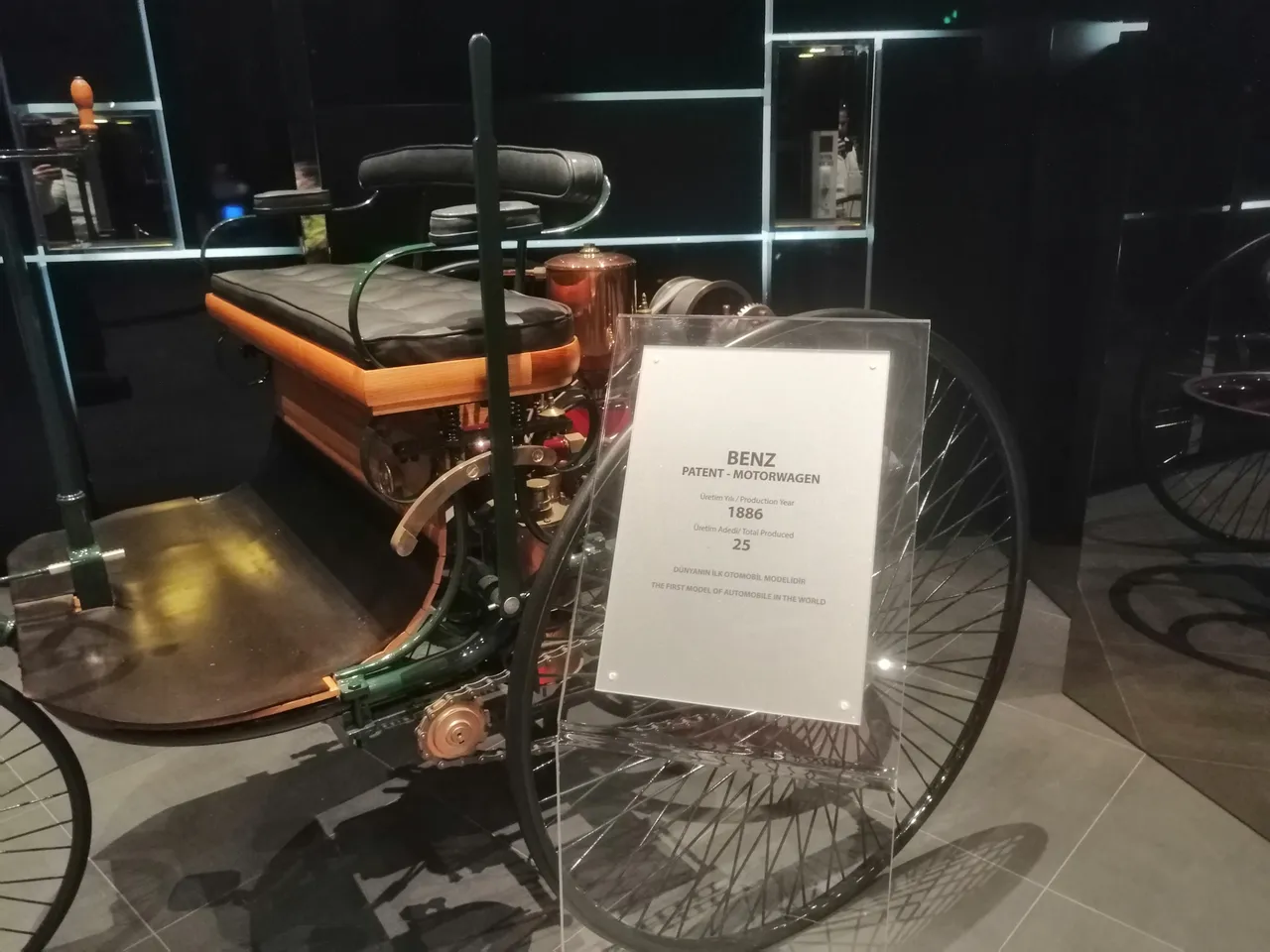
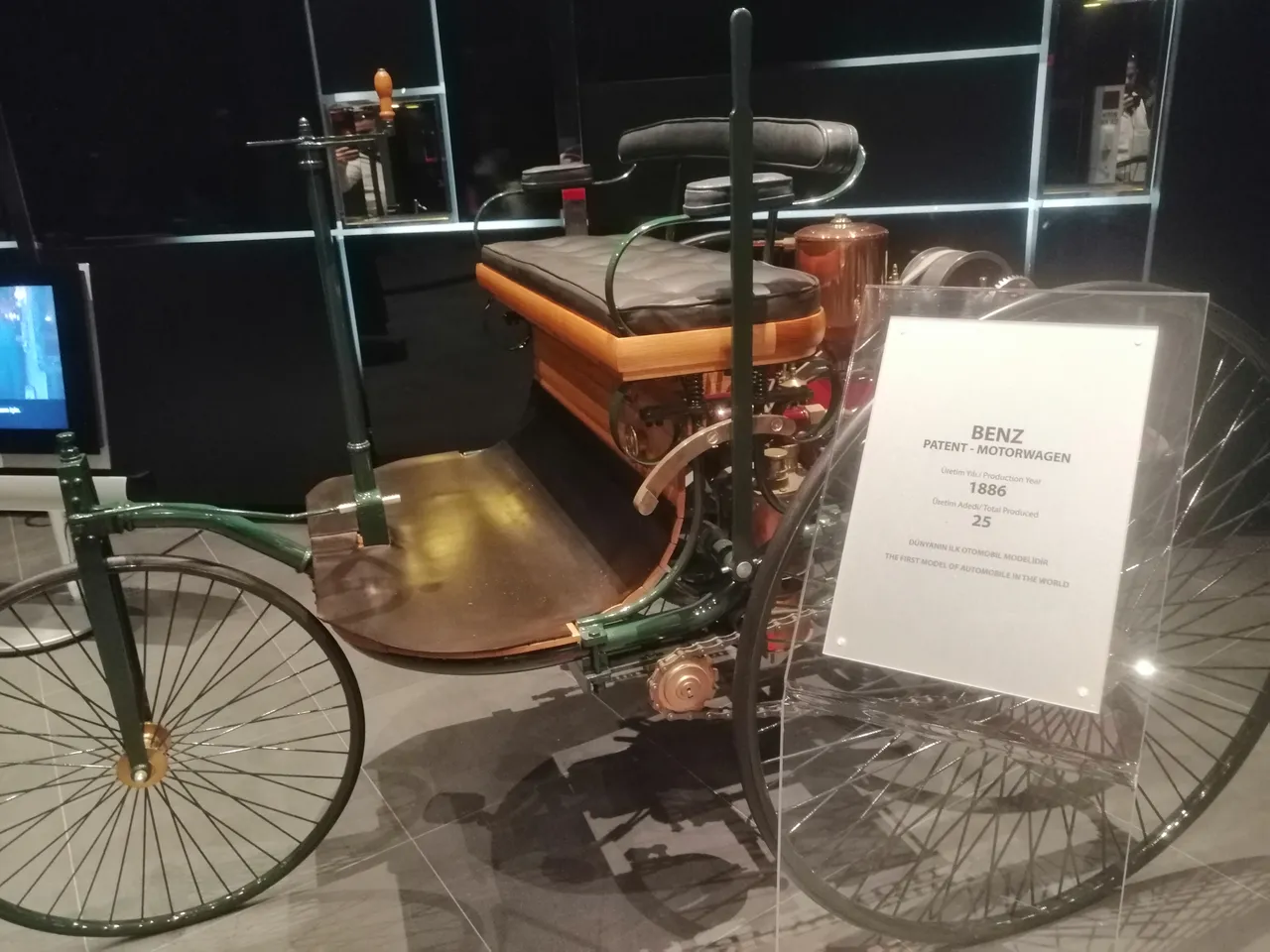
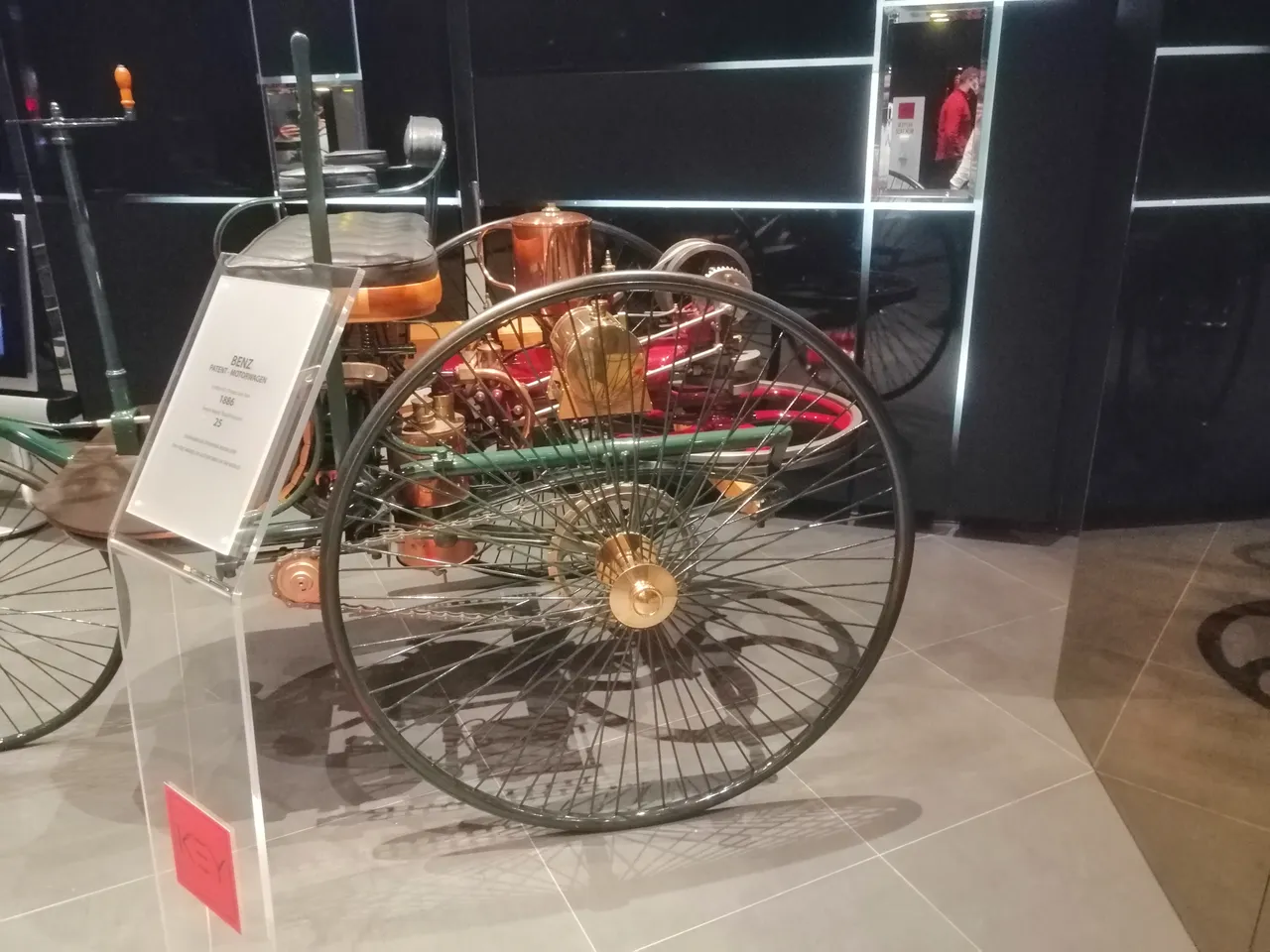
Let's come to the main topic of our article. This section of the museum is located just to the right of the entrance. This relatively small section is very well thought out. It was as if they were saying, first get your fuel and then come check out the classic cars. Honestly, when I saw the Shell fuel station, I couldn't believe my eyes. While researching classic cars, we can often miss the fuel stations of those dates. In other words, we may not think of how these cars refuel. Part of the history lies in these fuel stations. Although almost everything that will make our life easier nowadays is digital, I like mechanical products more. I love the fuel pumps and pump mechanics at this fuel station.
Gelelim yazımızın asıl konusuna. Müzede bu bölüm girişin hemen sağında bulunuyor. Nispeten küçük olan bu bölüm çok iyi düşünülmüş. Önce yakıtınızı alın ve sonra gelin klasik arabaları inceleyin der gibiydiler. Doğrusunu söylemek gerekirse Shell yakıt istasyonunu gördüğümde gözlerime inanamadım. Klasik arabaları araştırırken o tarihlerdeki yakıt istasyonlarını genellikle es geçebiliyoruz. Yani aklımıza bu arabaların nasıl yakıt ikmali yaptıkları gelmeyebiliyor. Tarihin bir bölümü de bu yakıt istasyonlarında yatıyor. Şimdilerde yaşamımızı kolaylaştıracak hemen her şey dijital olsa da ben mekanik ürünleri daha çok seviyorum. Bu yakıt istasyonundaki yakıt pompalarına ve pompa mekaniklerine bayıldım.
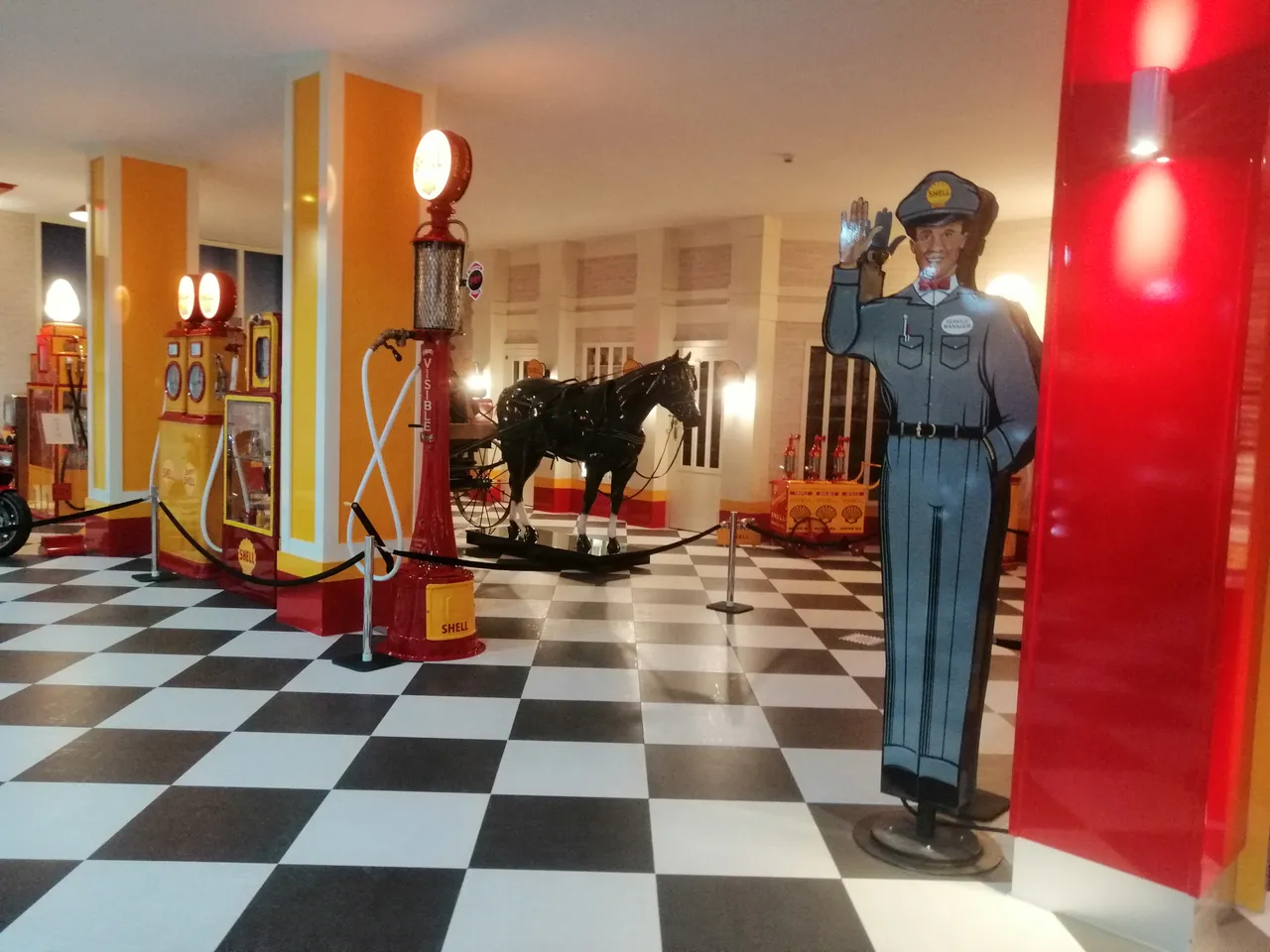
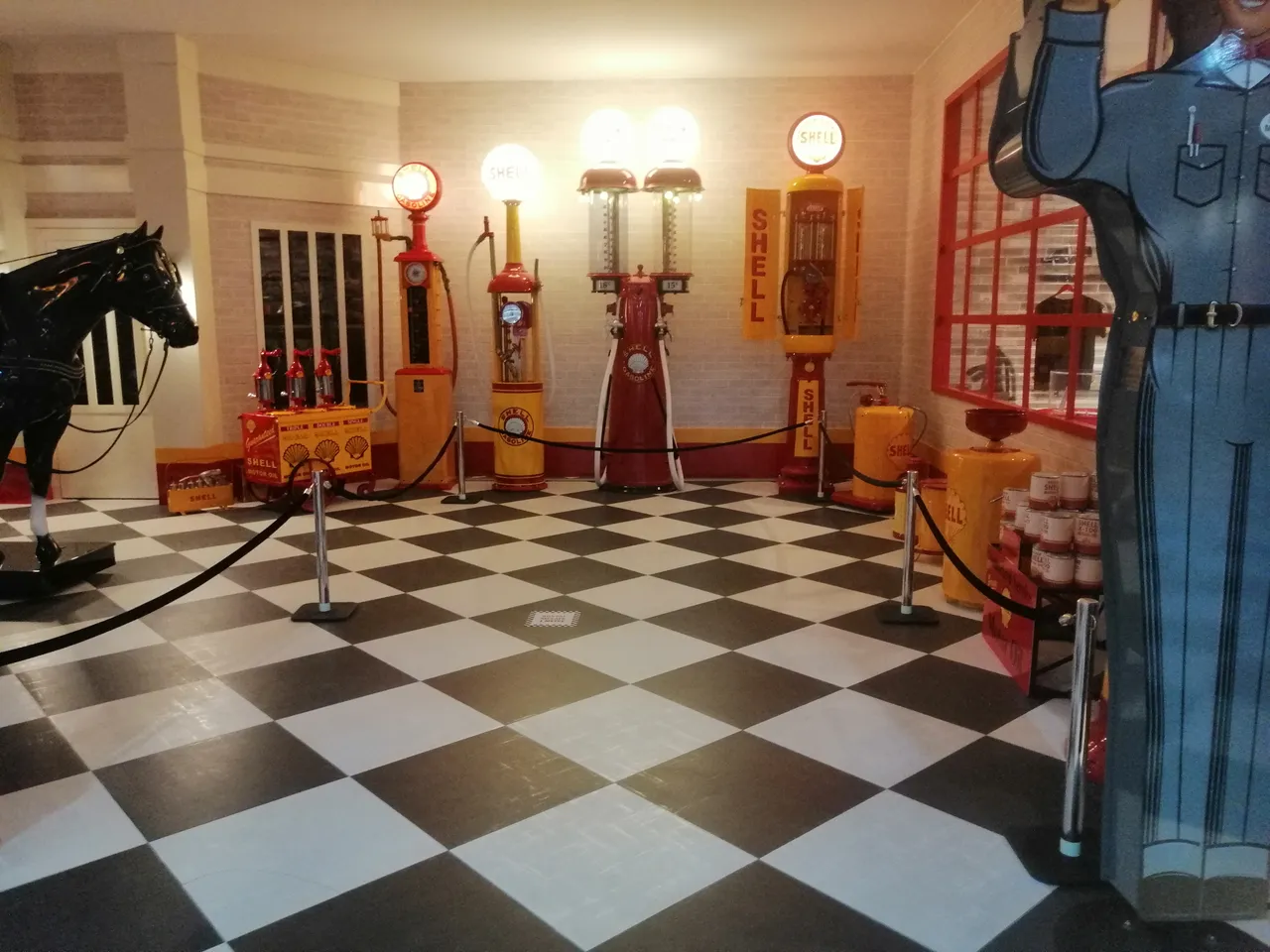
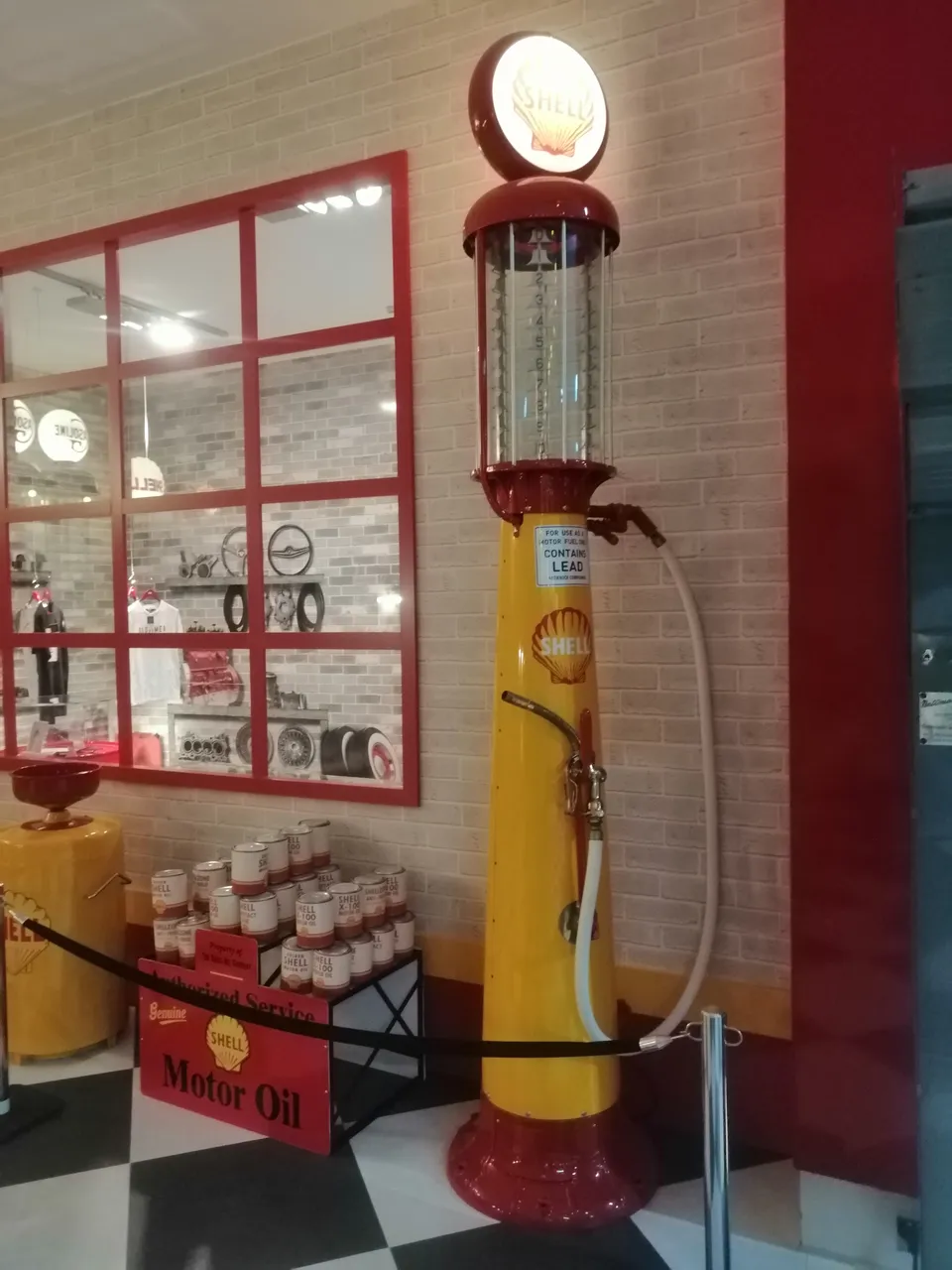
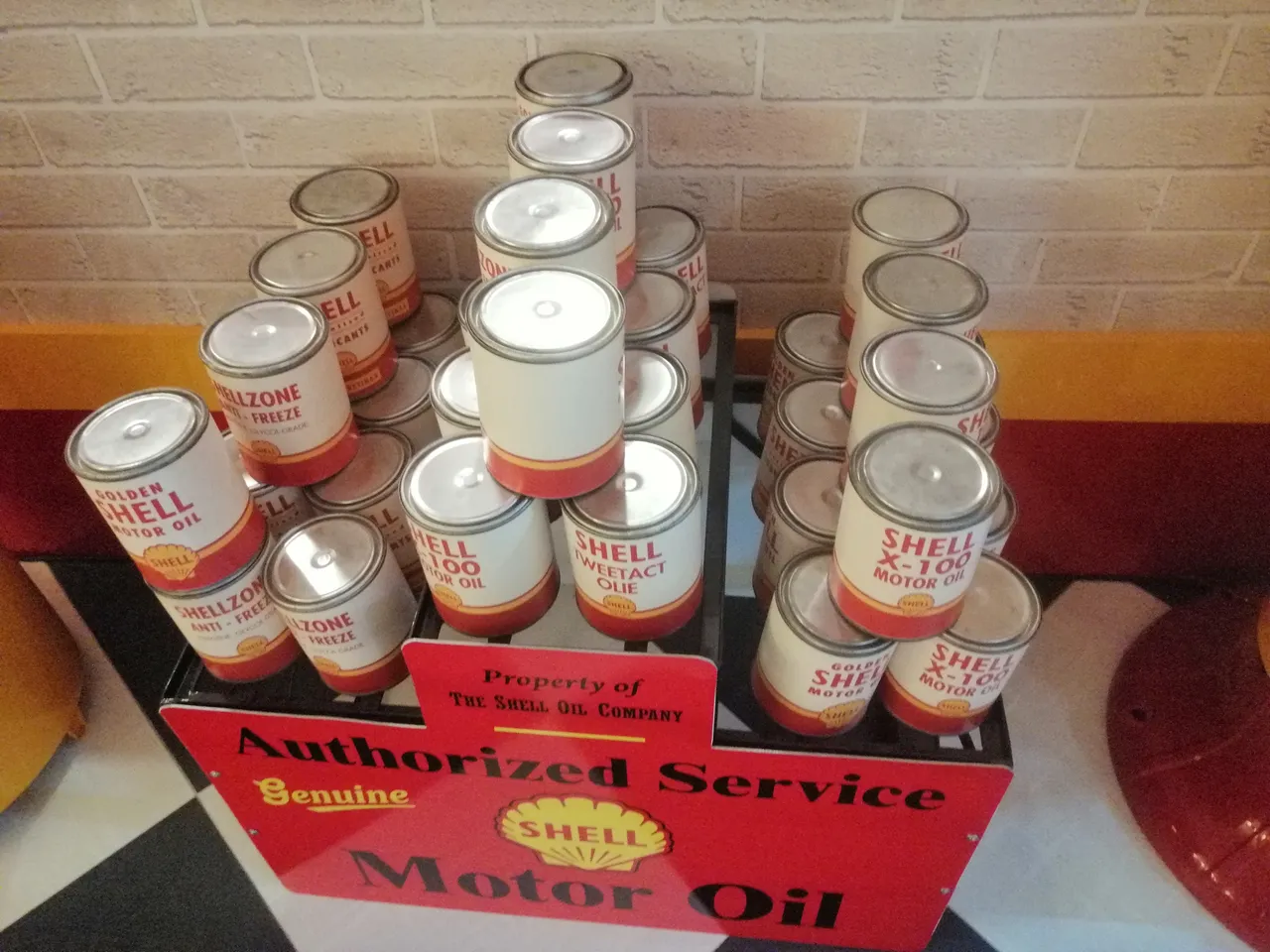
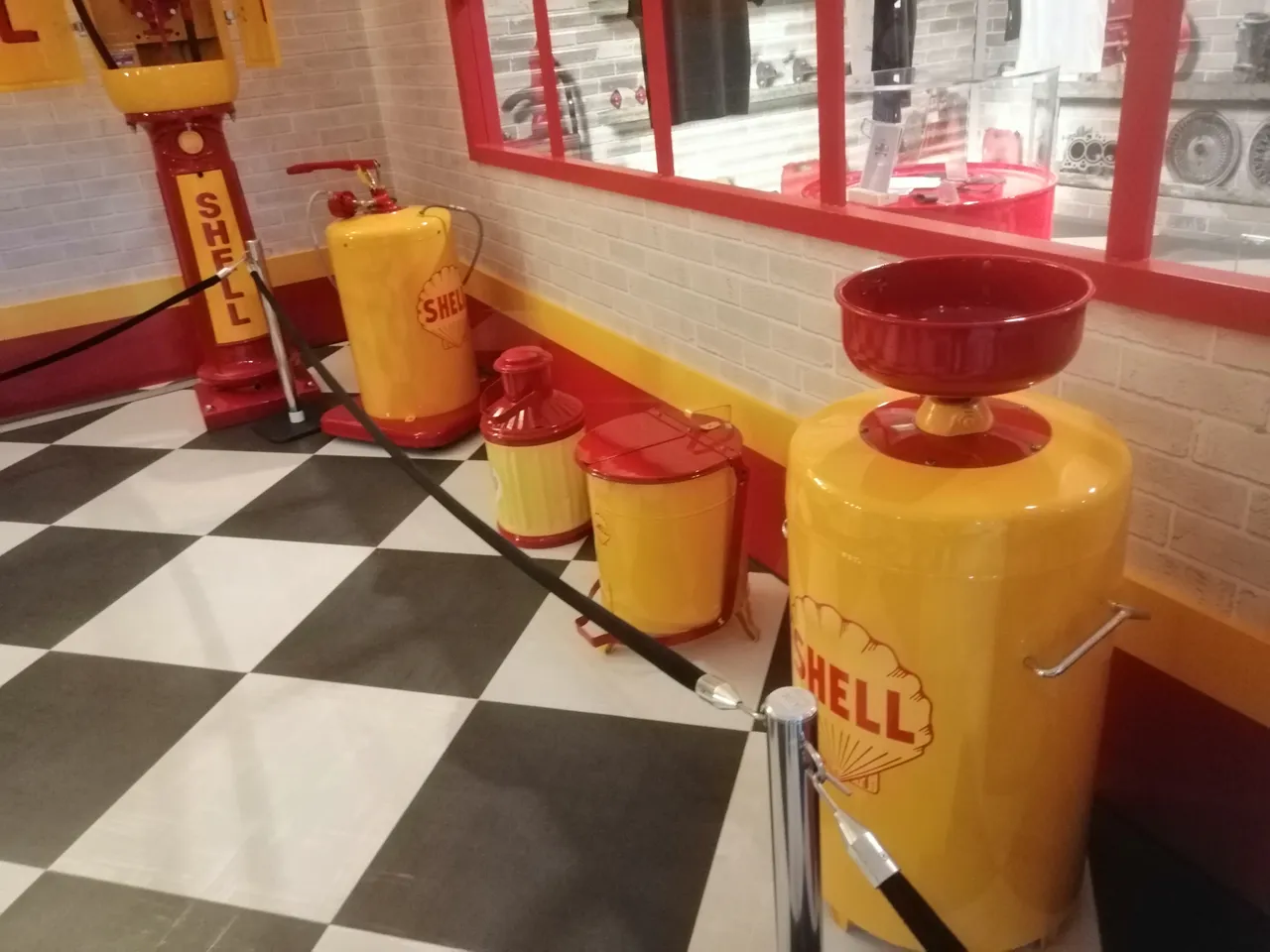
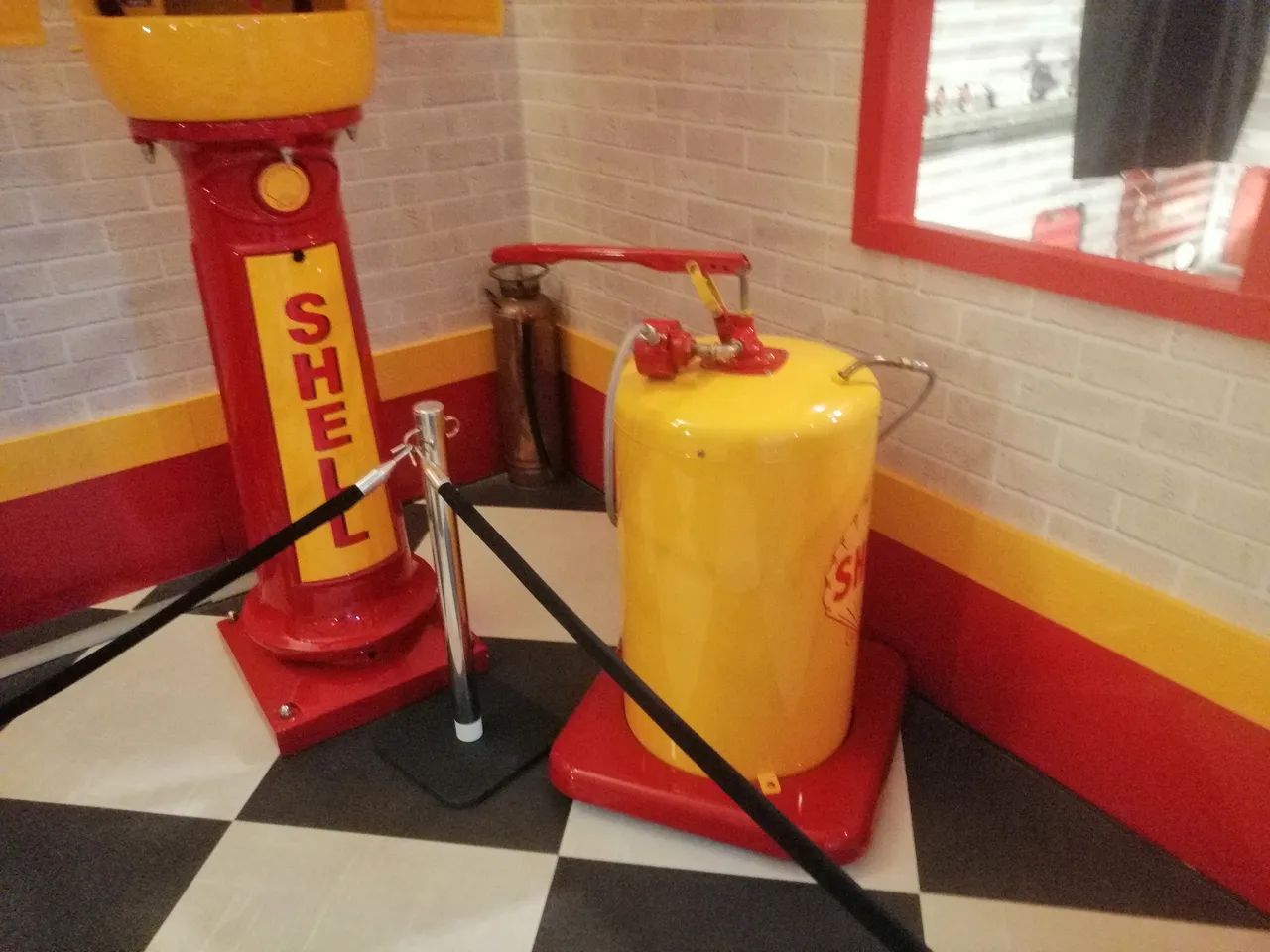
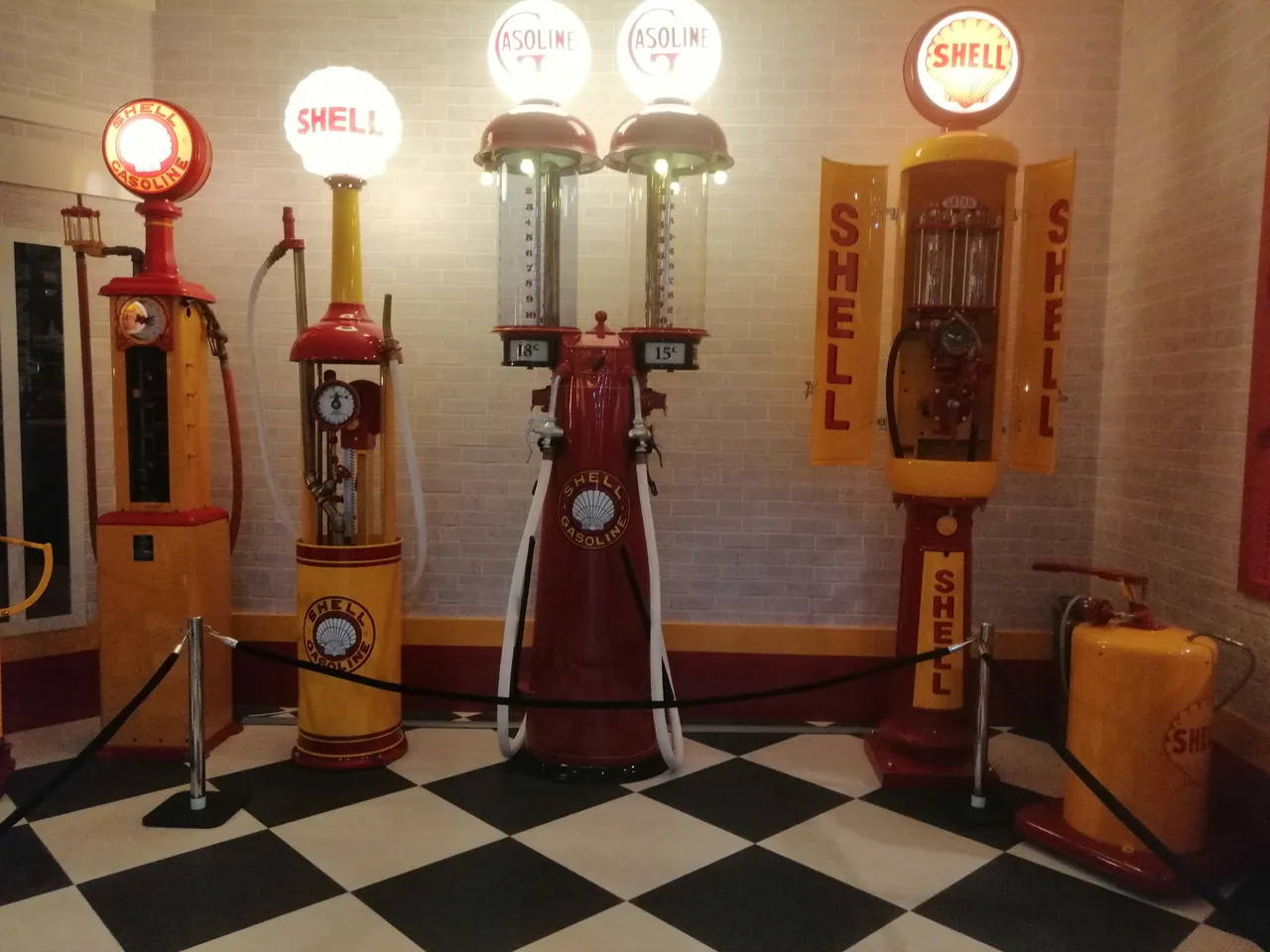
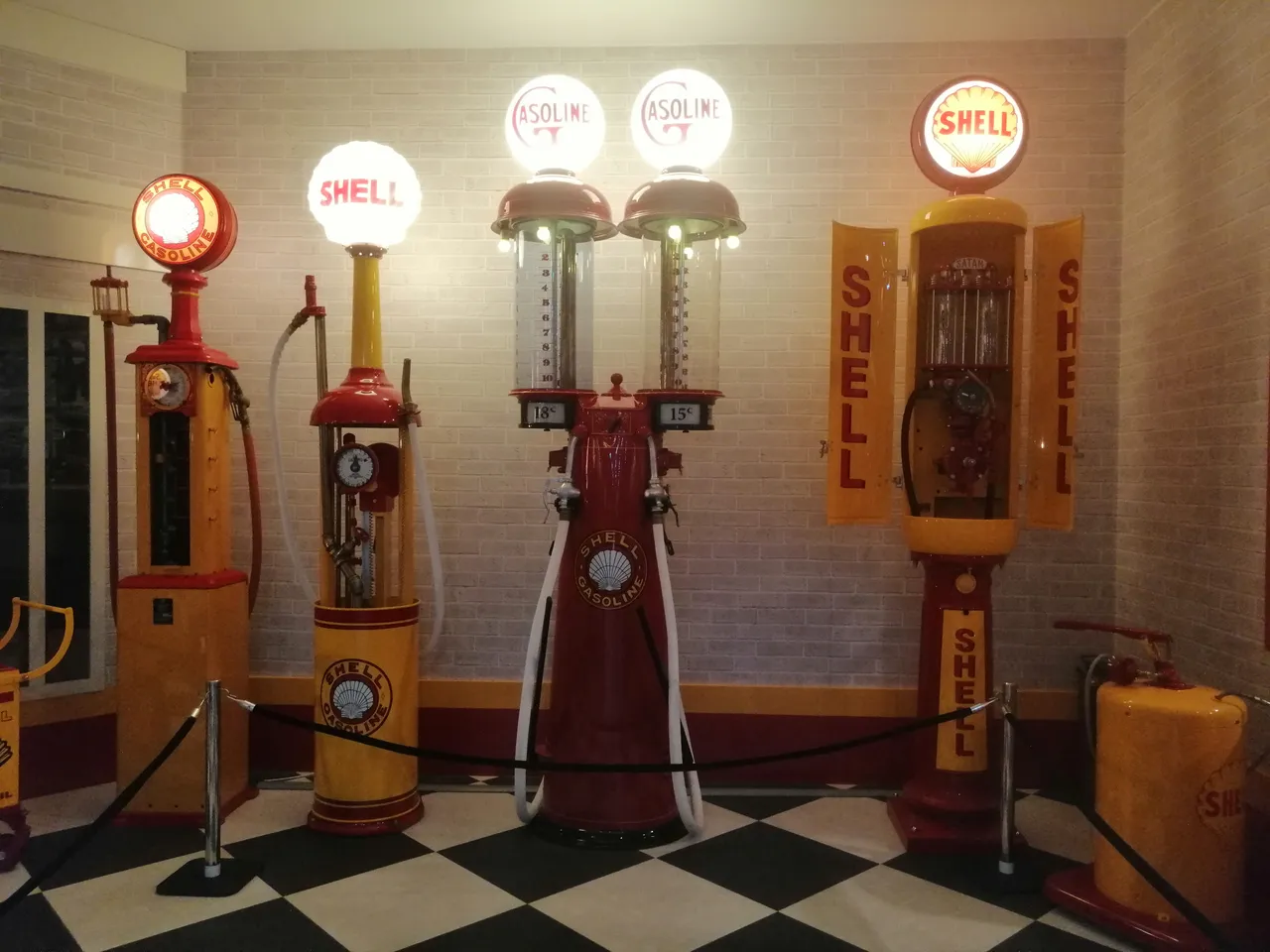
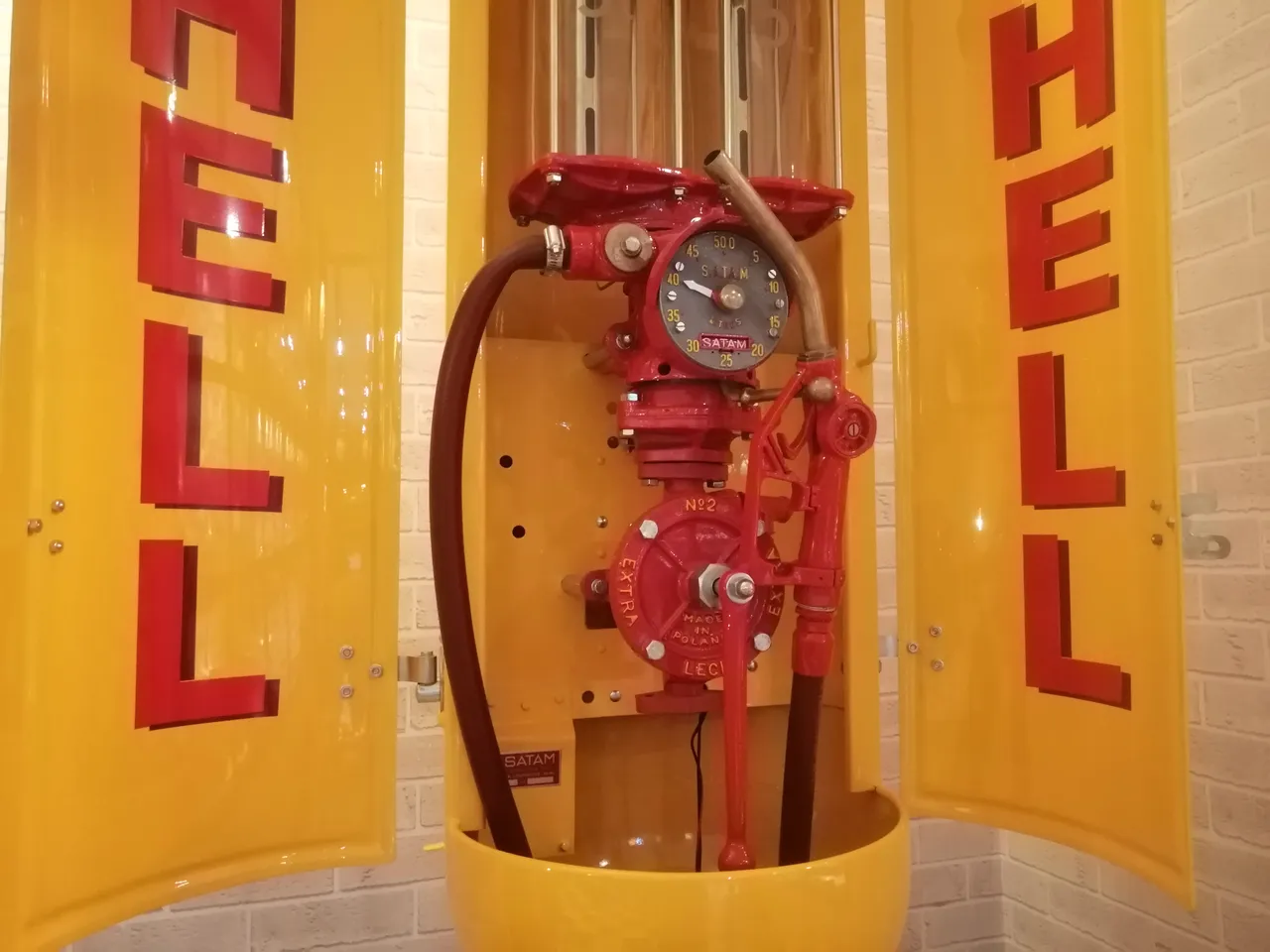
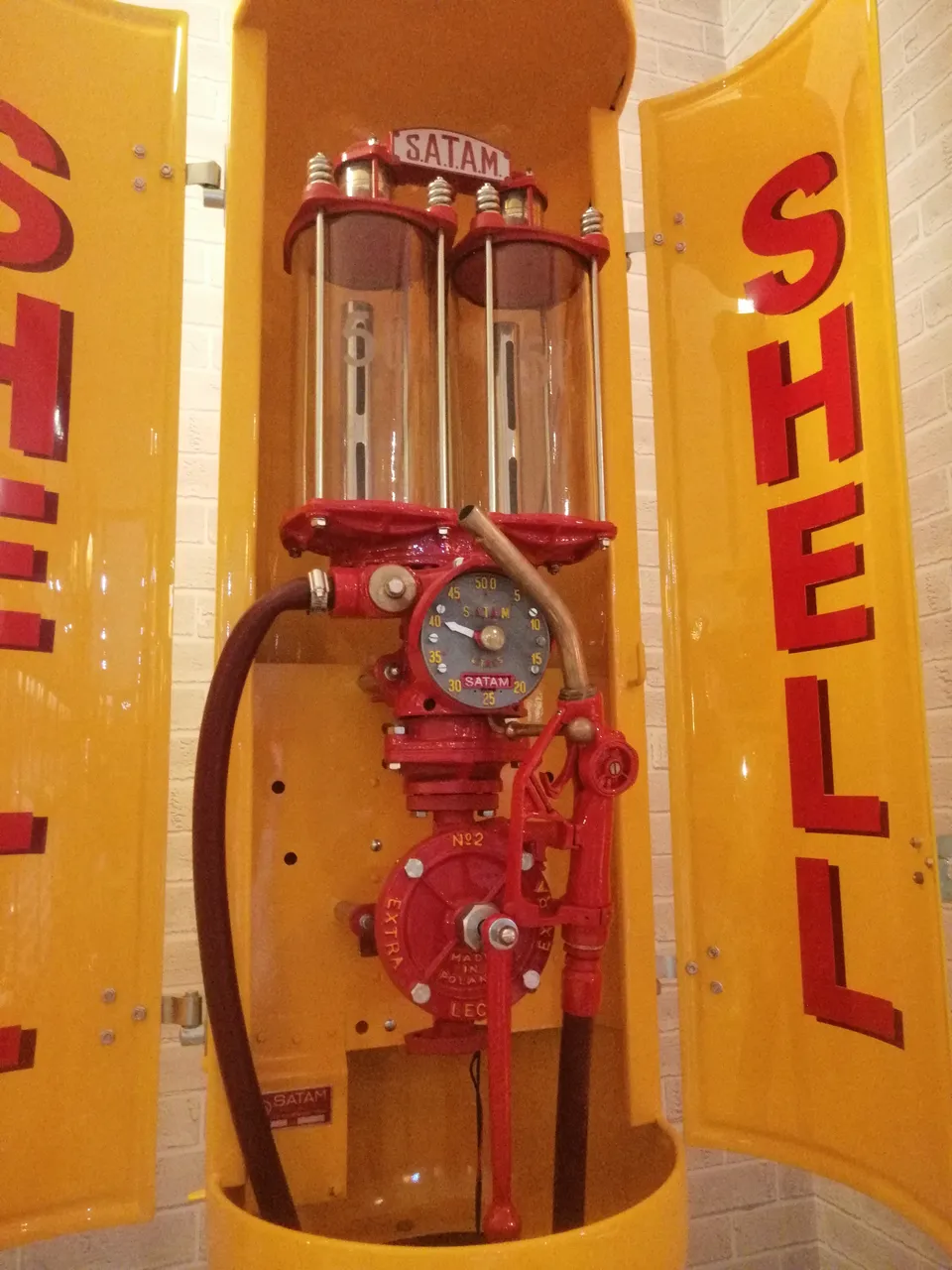
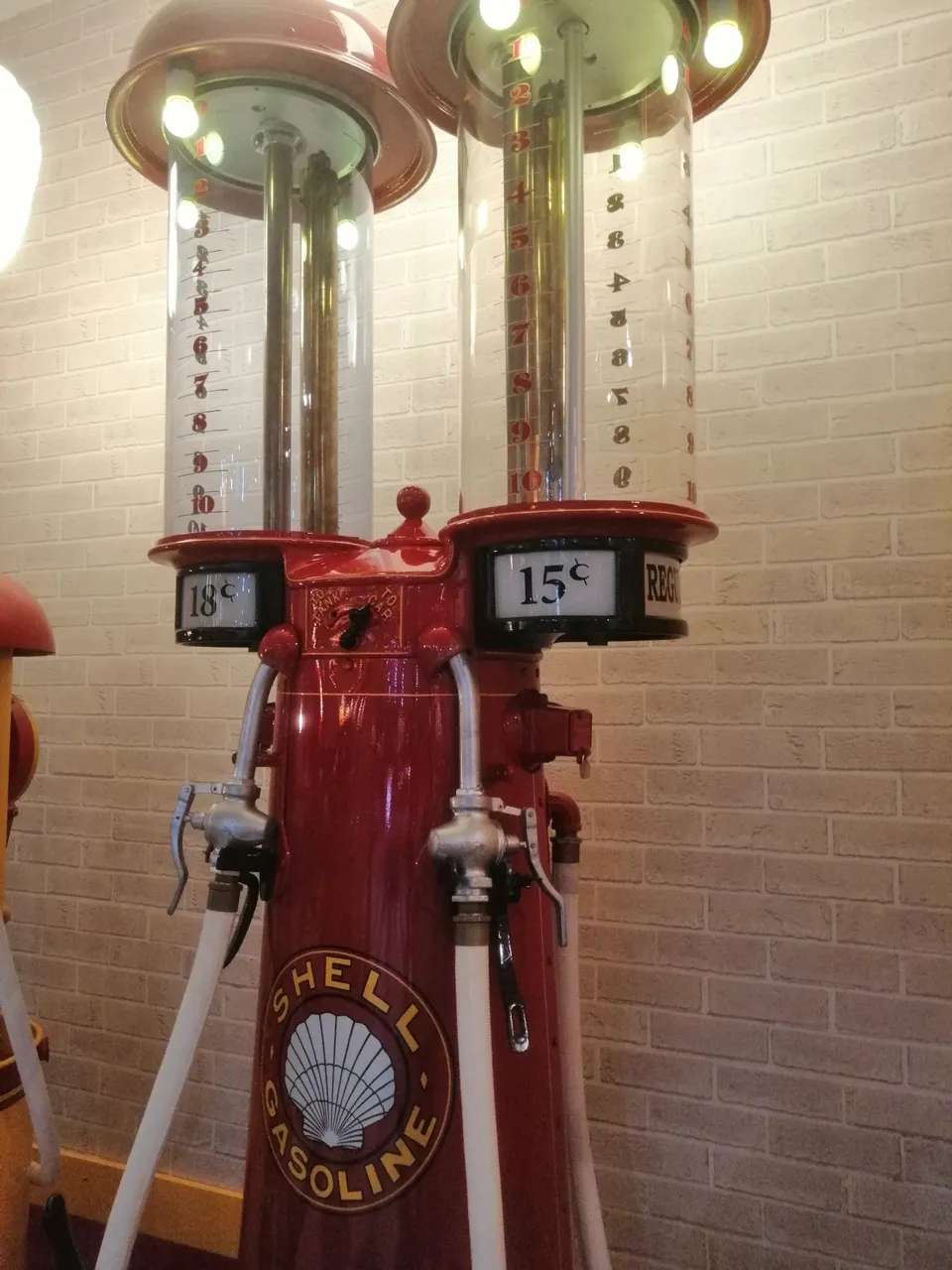
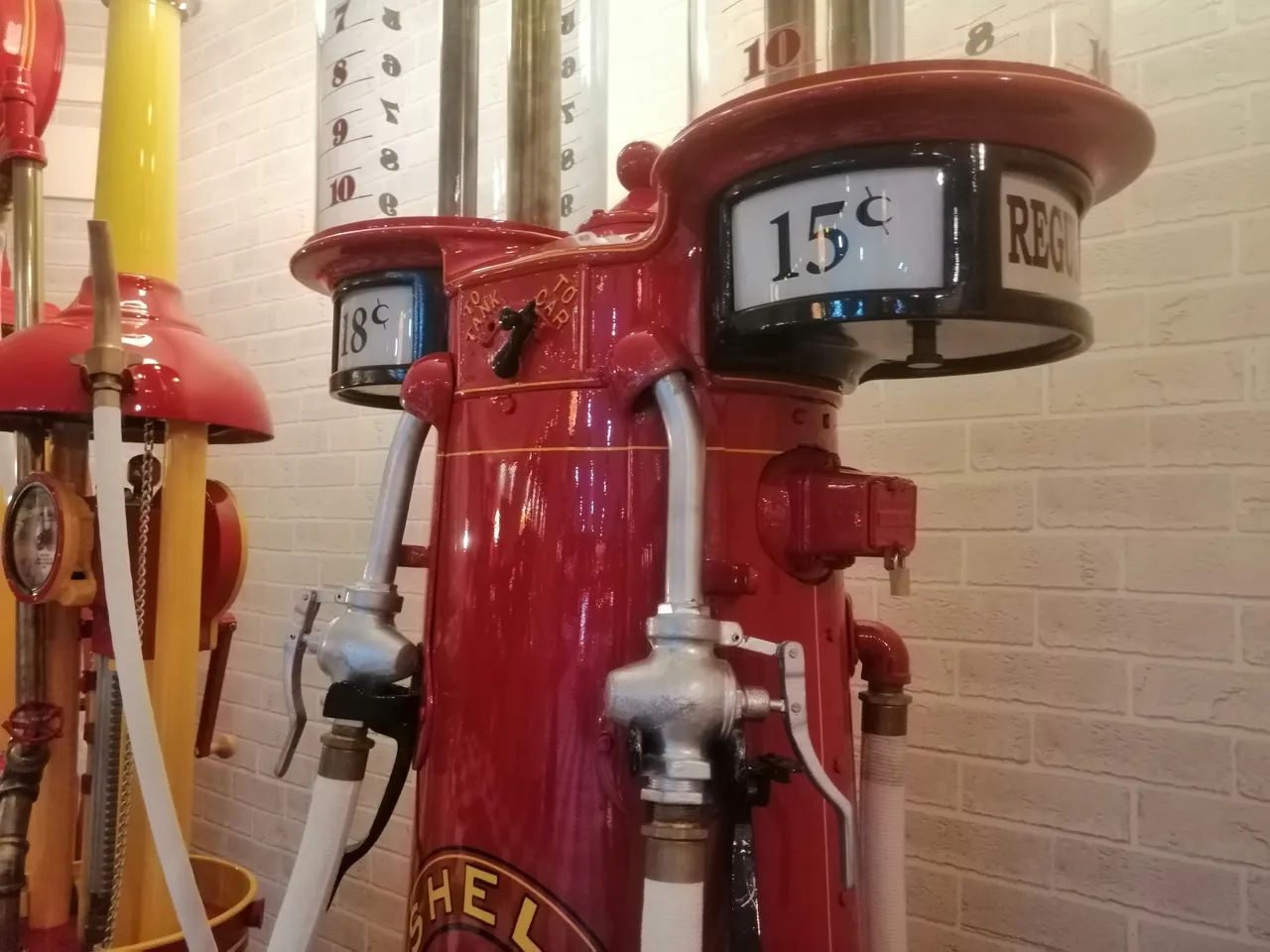
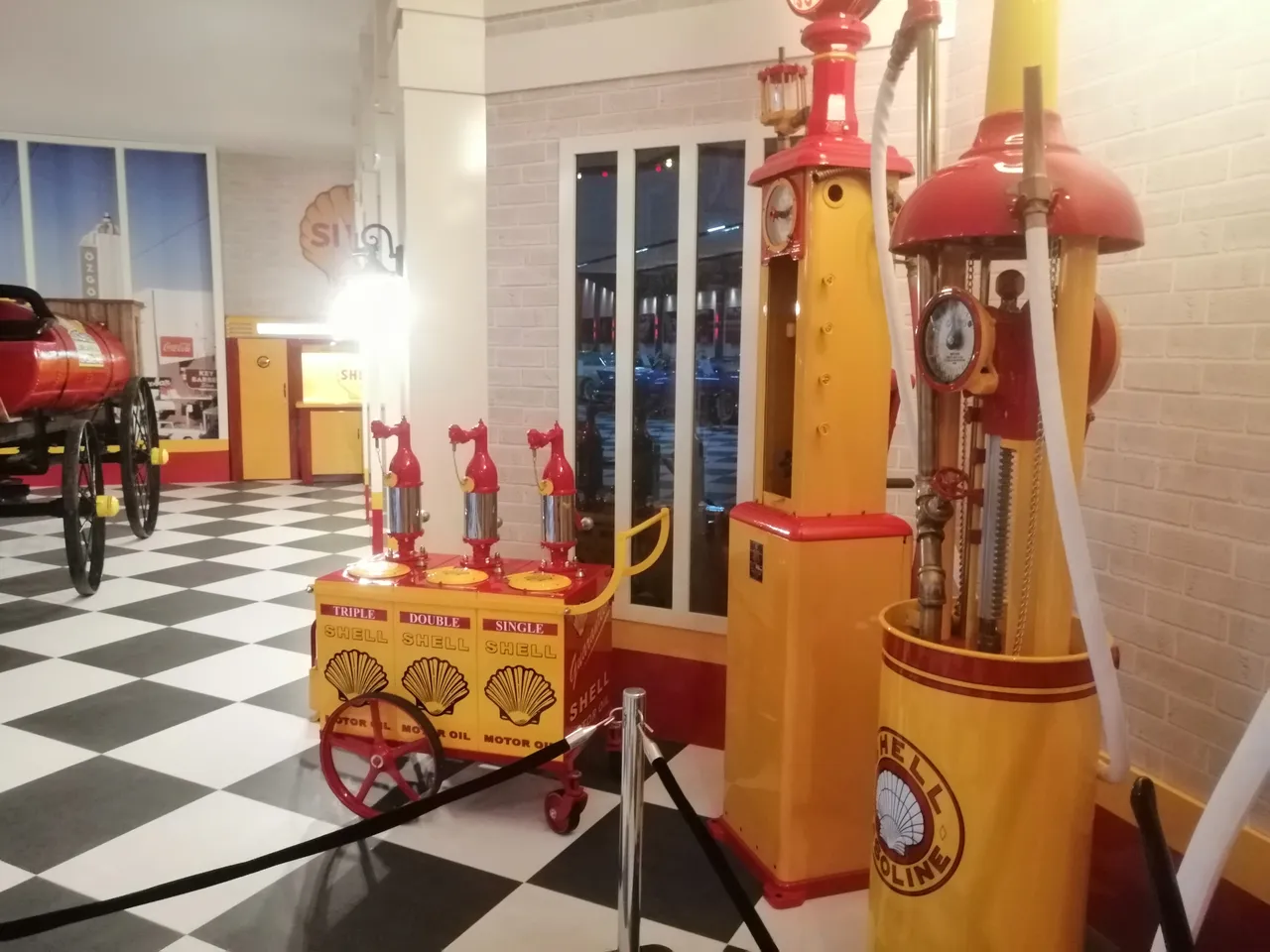
I was quite surprised to see this horse carriage model in the Shell section. Although the reason for the horse carriage in this section seemed meaningless at first, I understood later. I think that these fuel stations were not very common at that time for cars that produced only a few horsepower. The horse was the most common means of transport and transport. These fuel stations were also refueled with horse-drawn carriages. In other words, although automobiles with internal combustion or wind-up engines were produced, people still carried out the logistics work with the help of horses. Because huge volume and high horsepower trucks were not produced. Horses determined their future destinies by the fuel they carried.
Shell bölümünde bu at arabası maketini görünce oldukça şaşırdım. At arabasının bu bölümde bulunma nedeni ilk başta çok anlamsız gelse de sonradan anladım. Öyle sanıyorum ki henüz birkaç beygirlik güç üreten otomobiller için bu akaryakıt istasyonları o zamanlarda çok yaygın değildi. At en yaygın ulaşım ve taşıma aracıydı. Bu akaryakıt istasyonlarına da yakıt ikmalini at arabalarıyla yapıyorlardı. Yani içten yanmalı ya da kurmalı motorlu otomobiller üretilse de insanlar yine de lojistik işini atların yardımıyla yürütüyordu. Çünkü devasa hacimli ve yüksek beygirli kamyonlar üretilmemişti. Atlar, gelecek kaderlerini kendi taşıdıkları yakıtlarla belirliyordu.
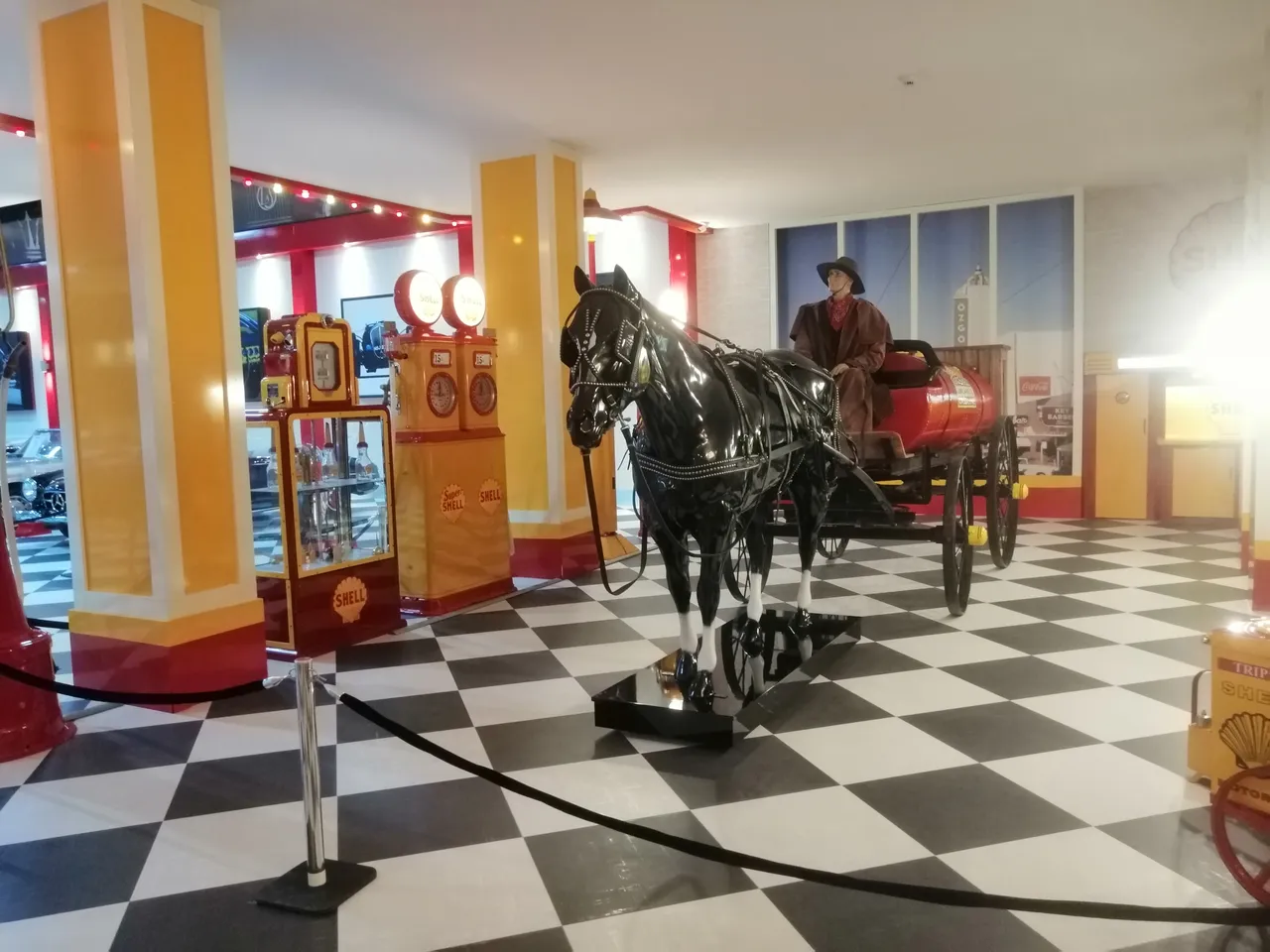
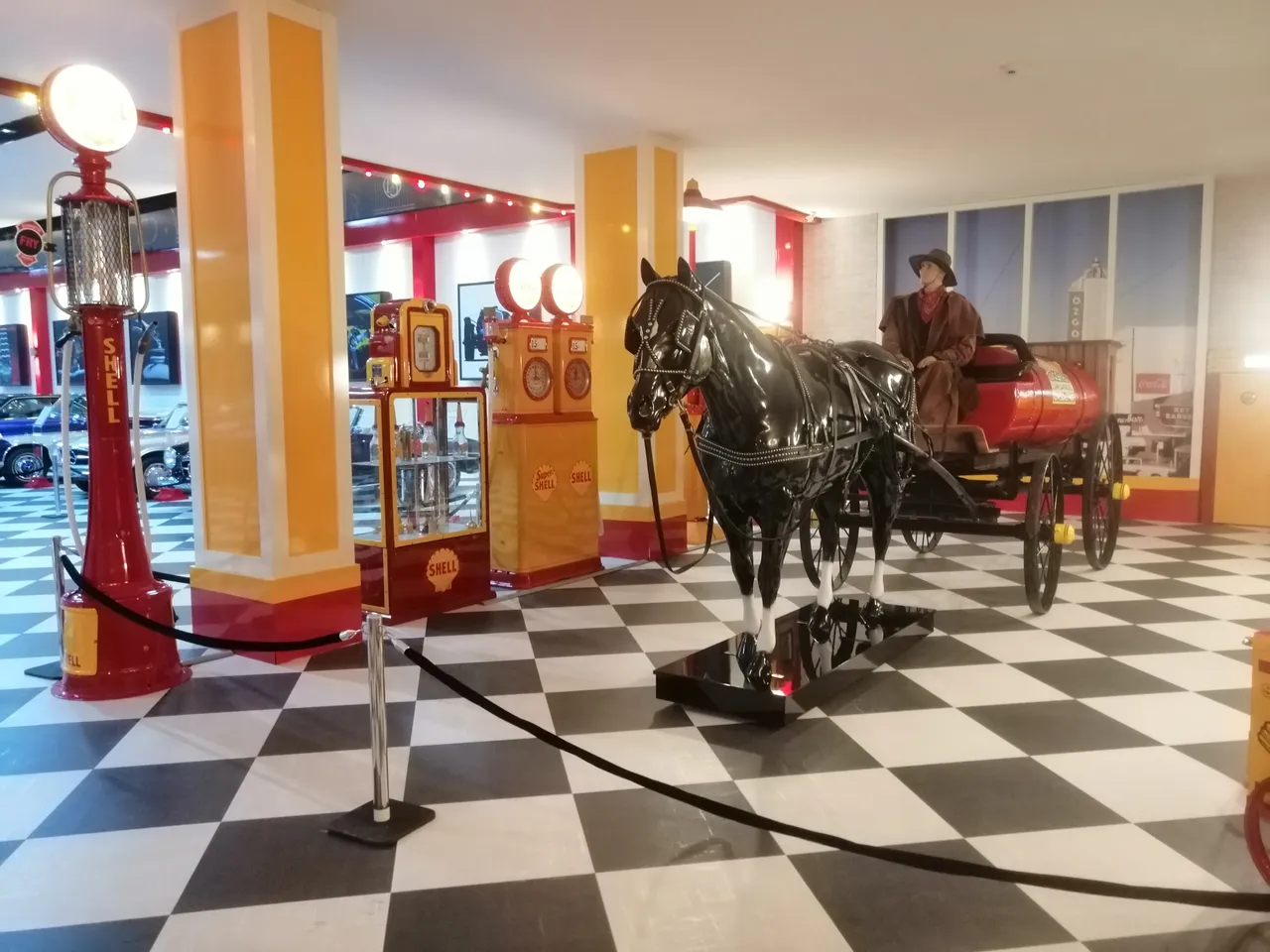
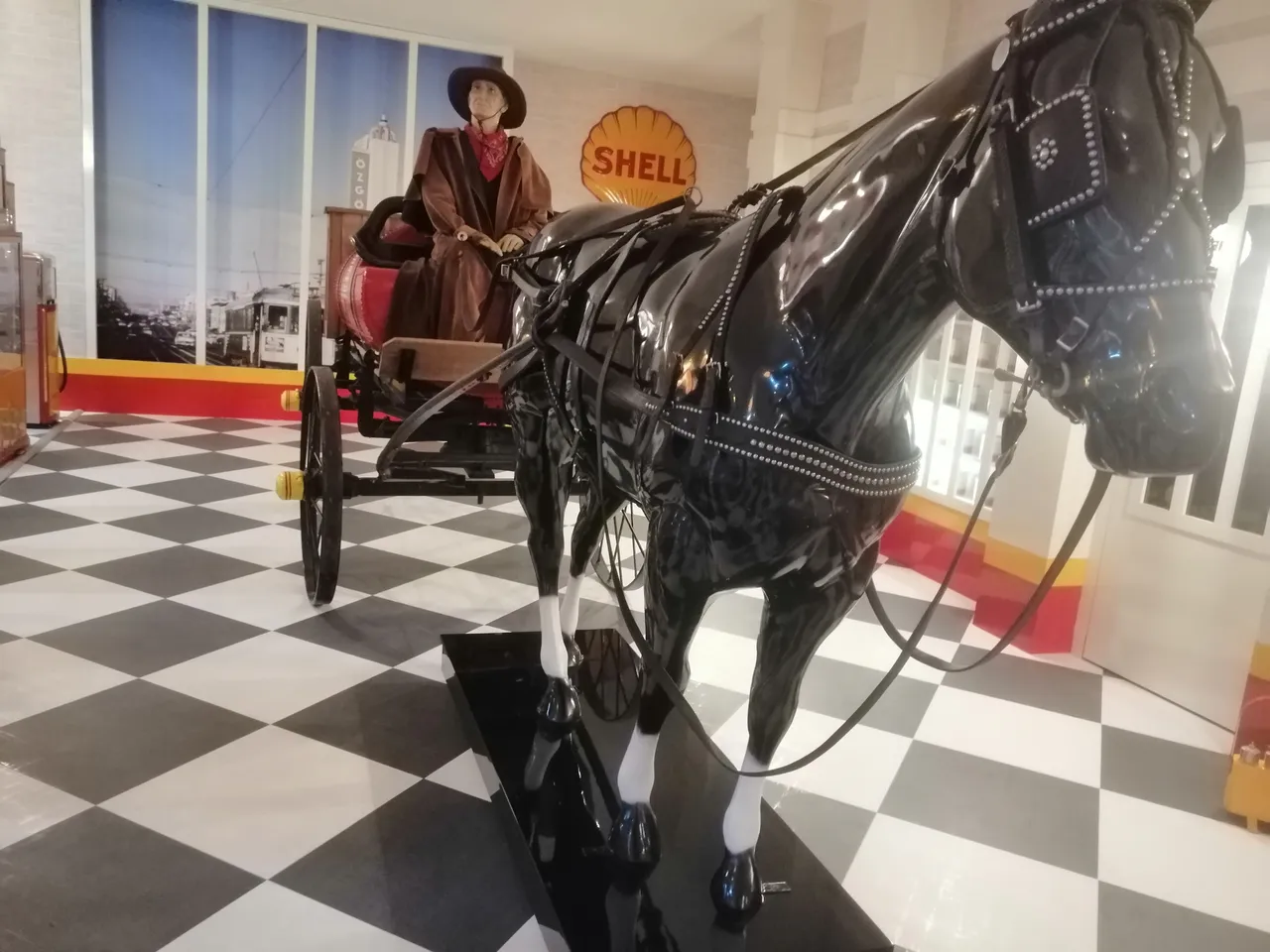
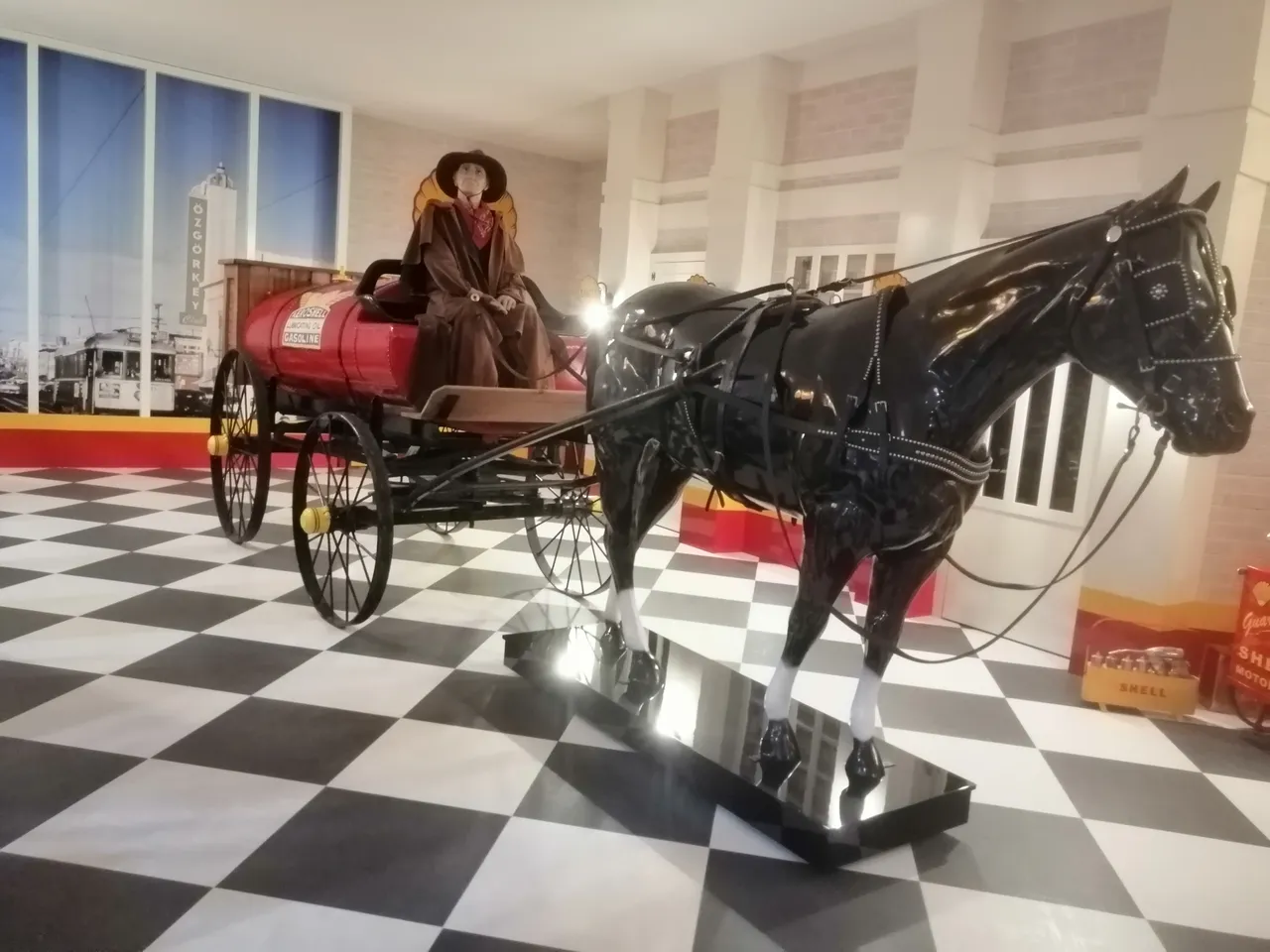
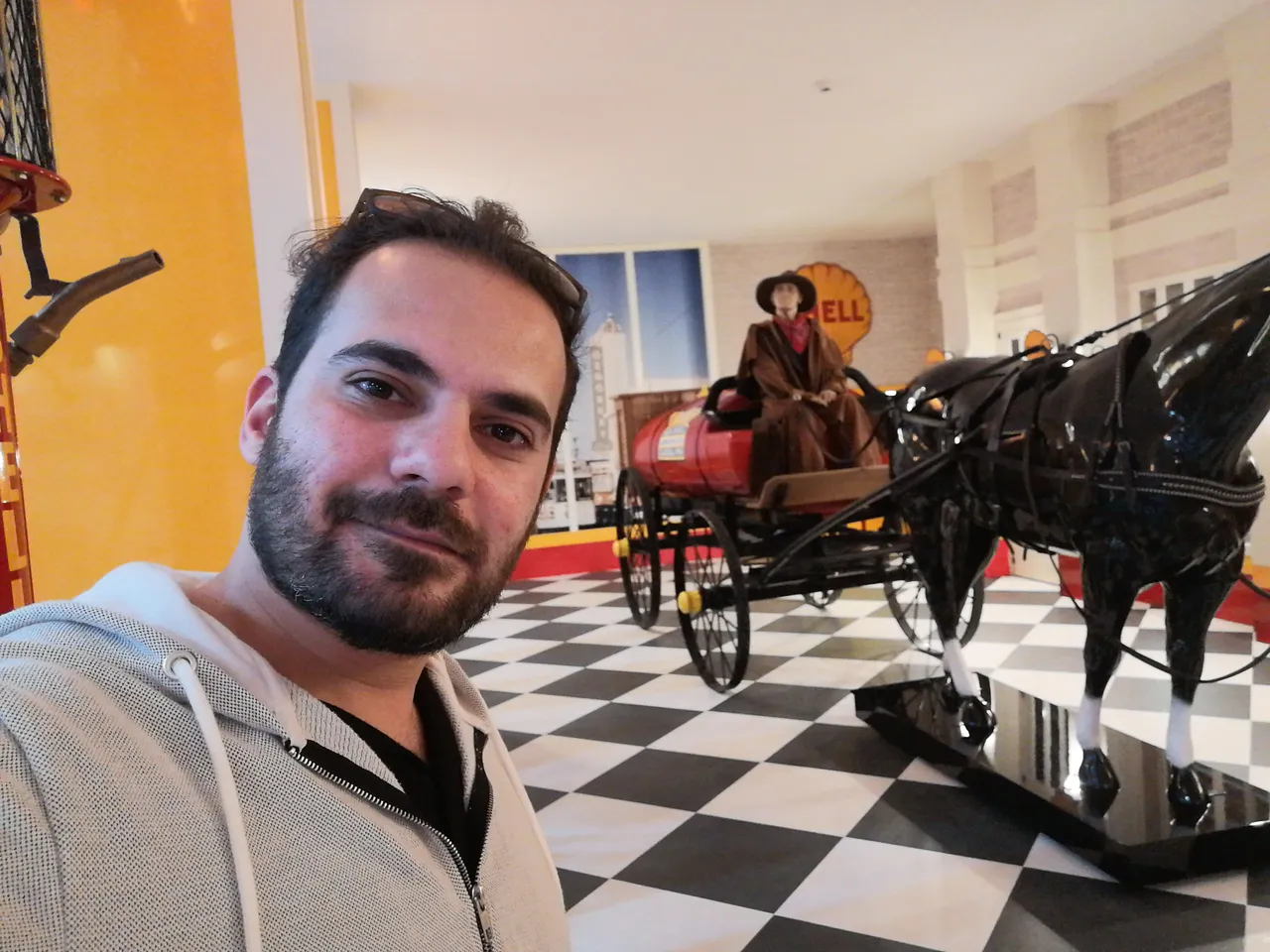
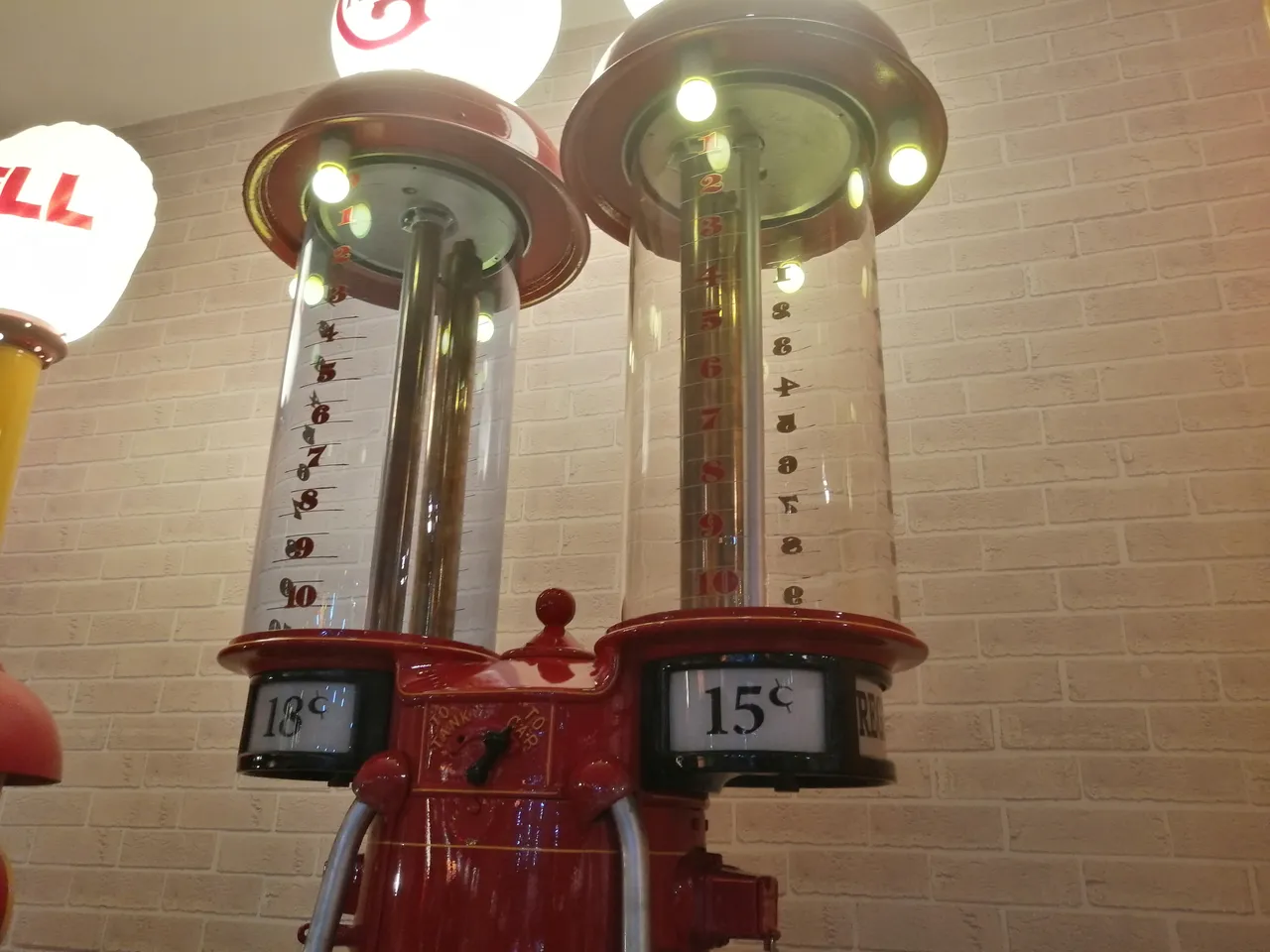
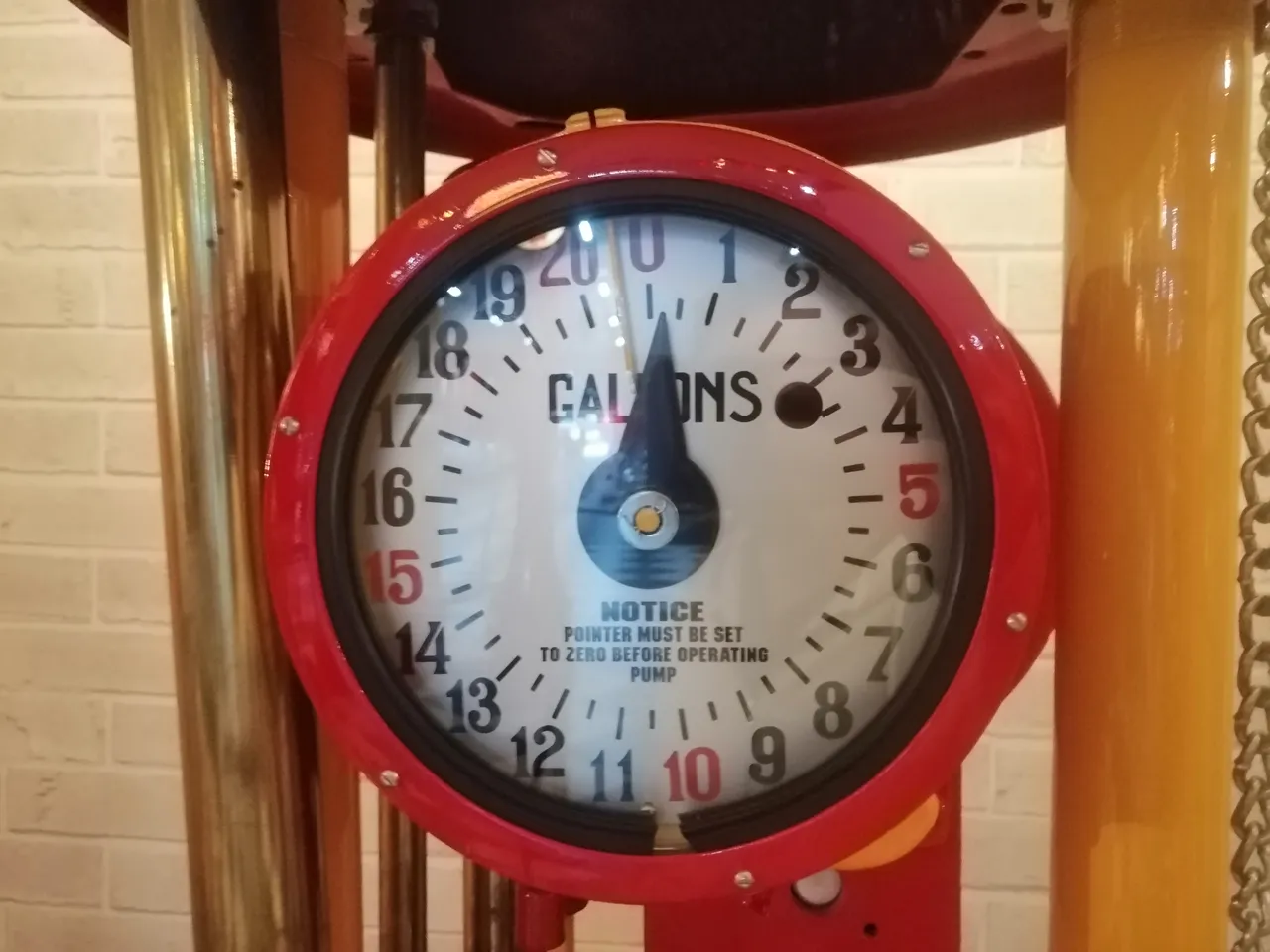
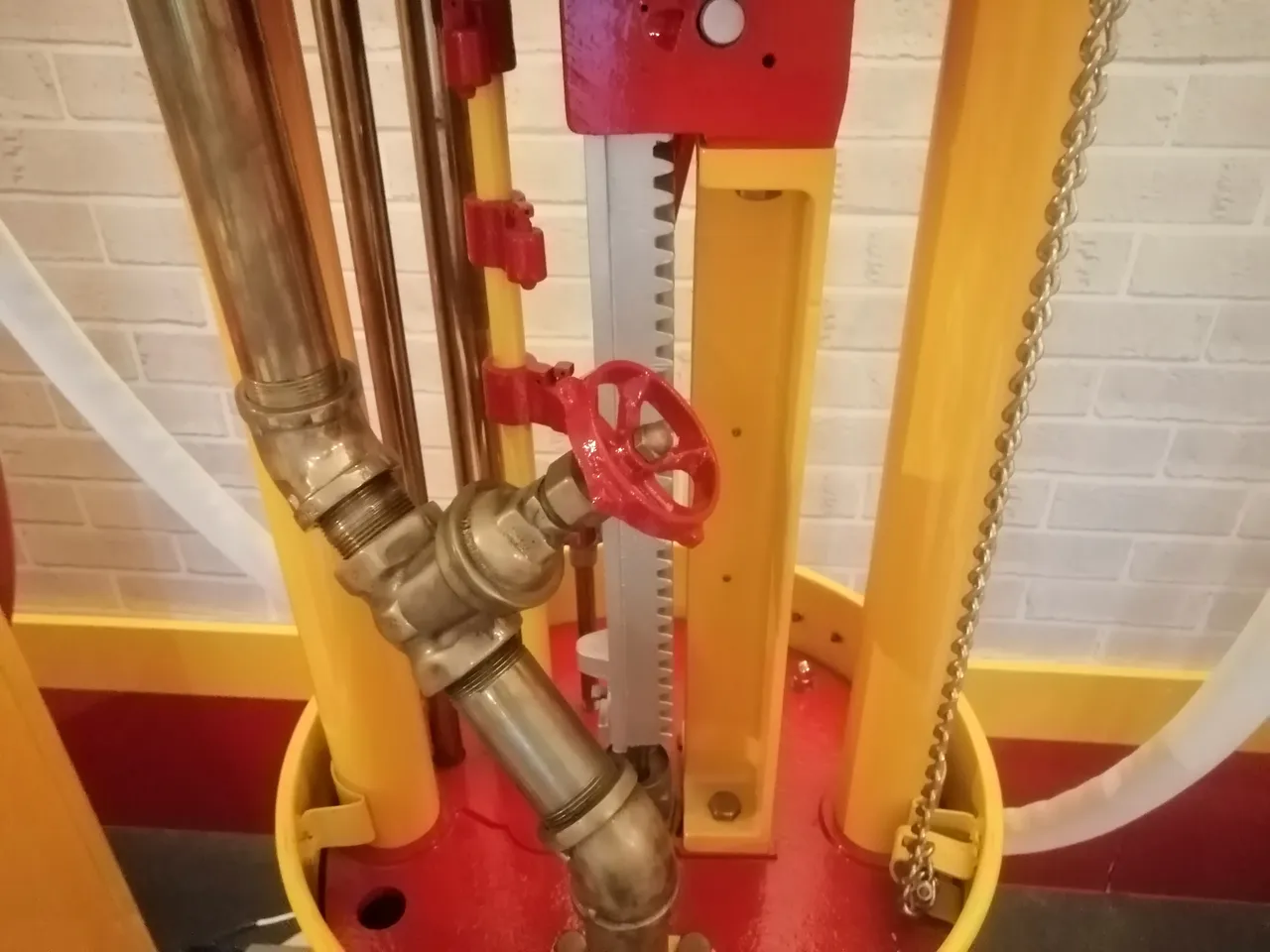
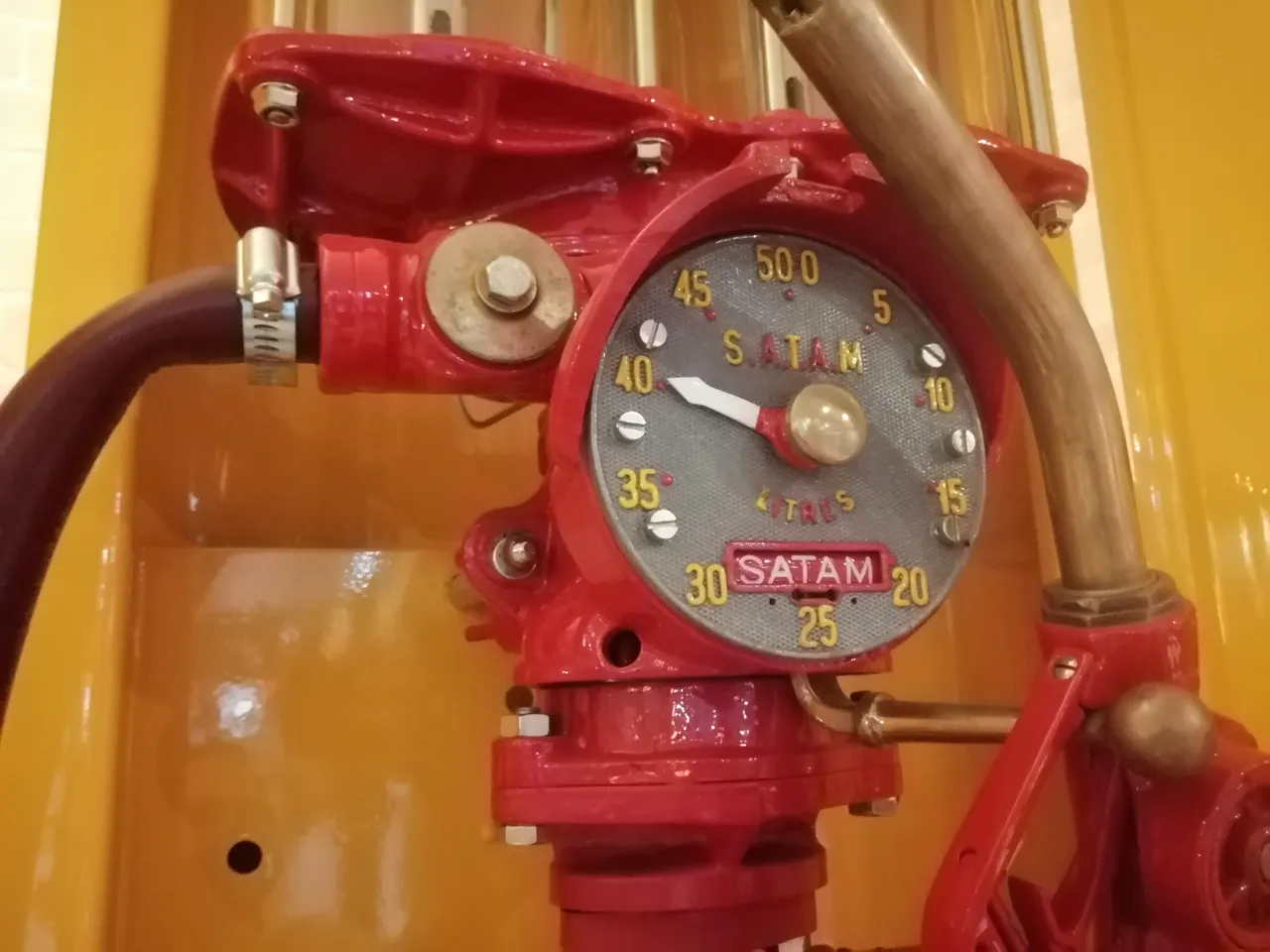
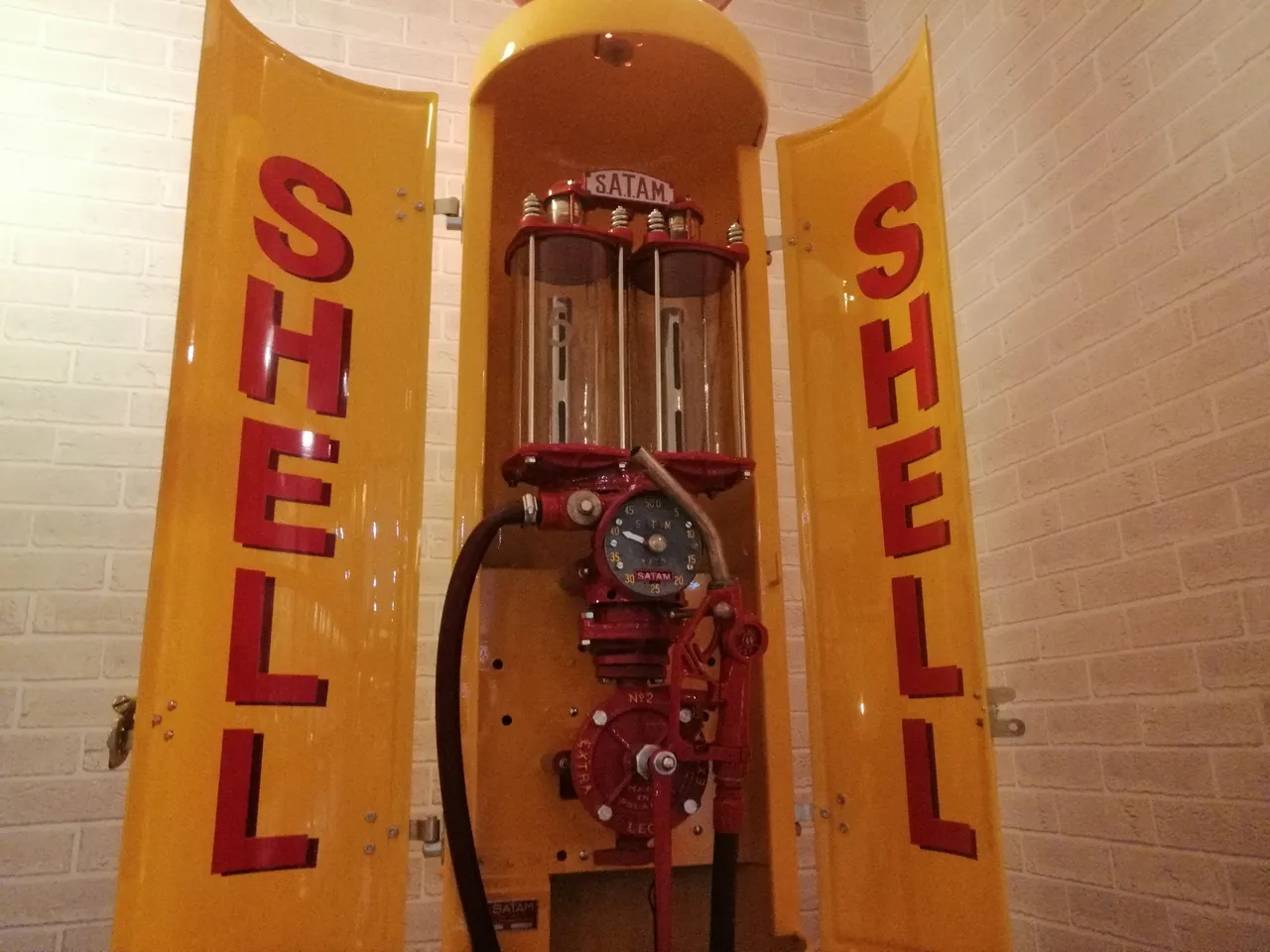
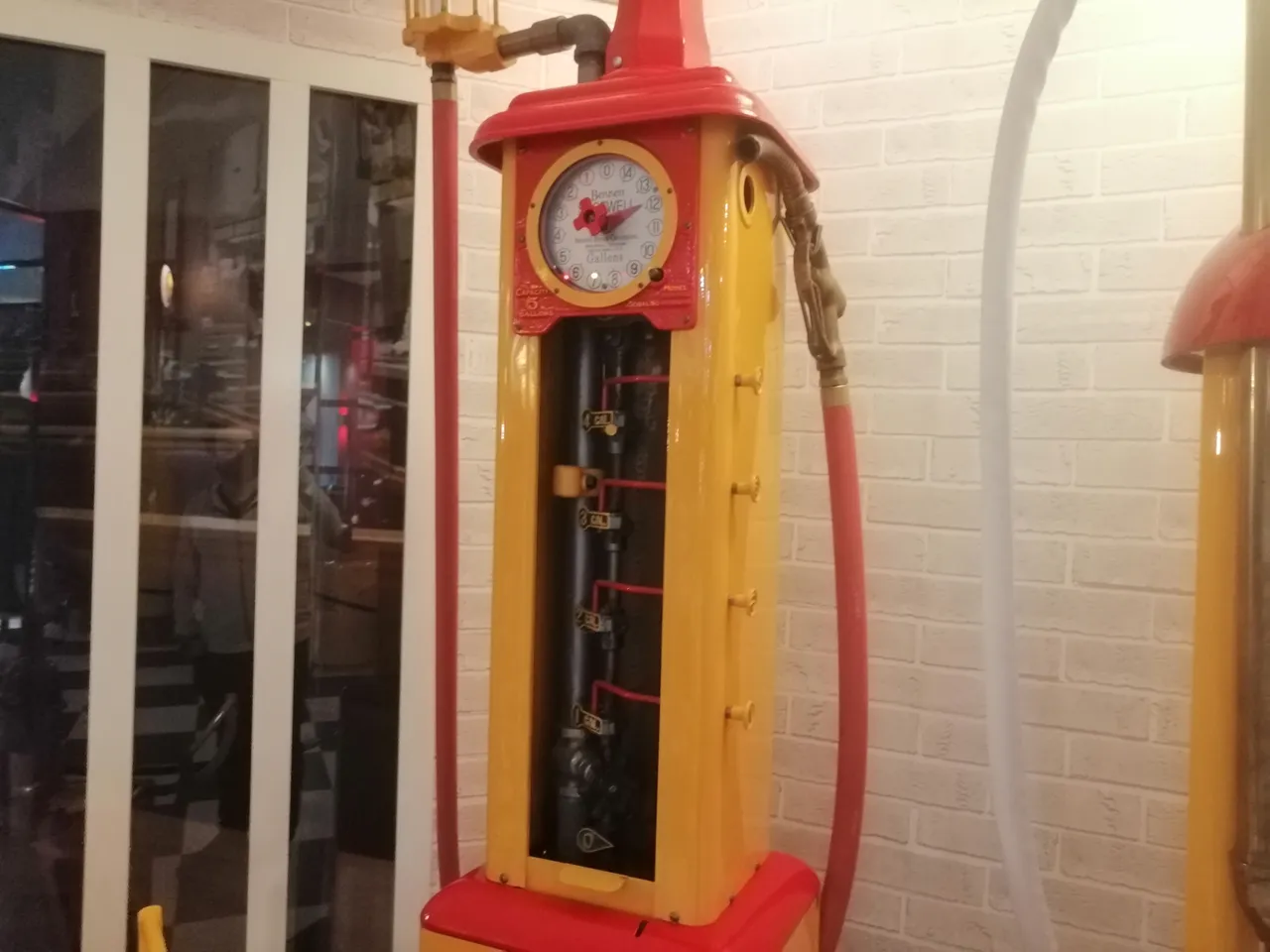
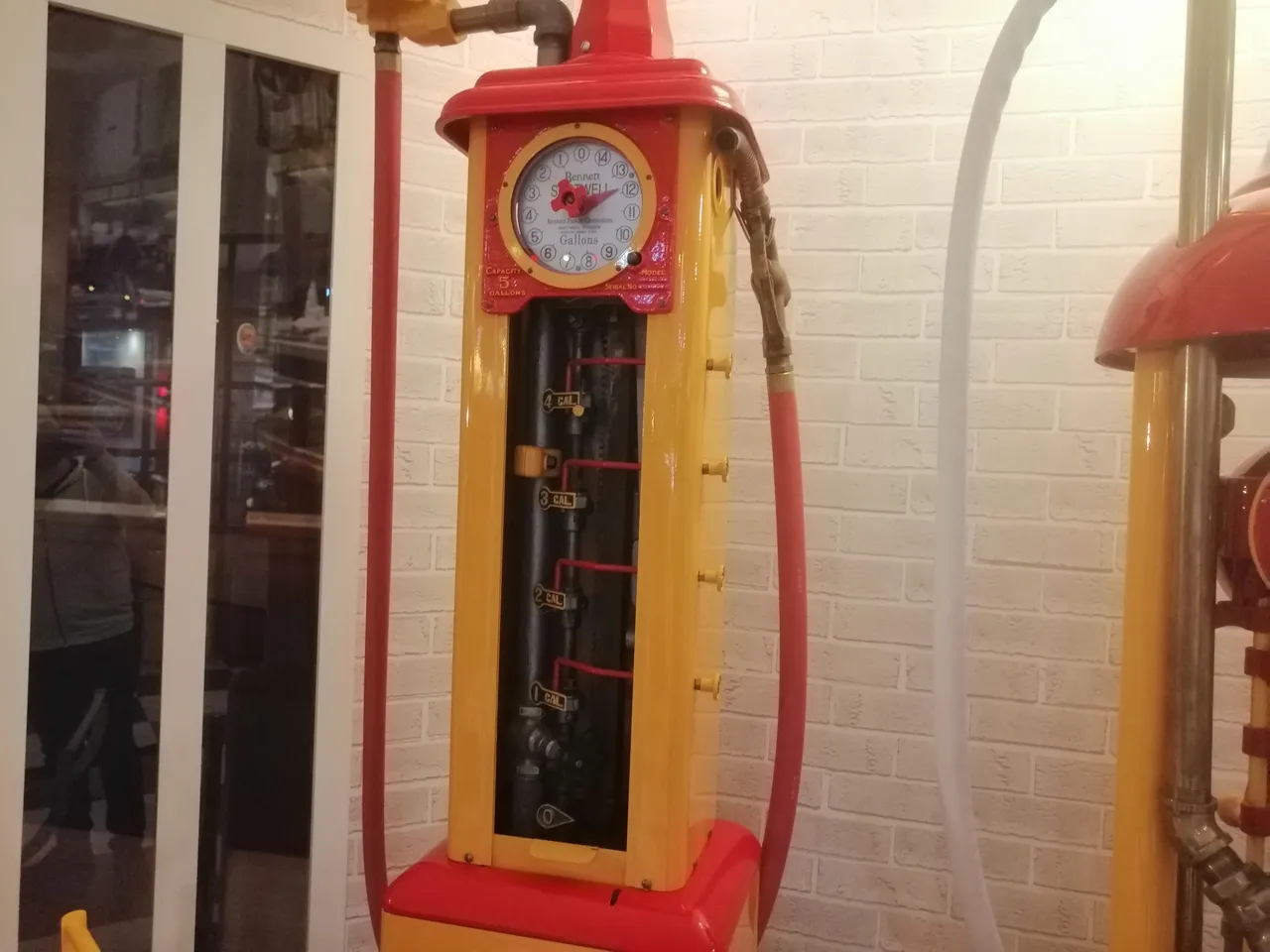
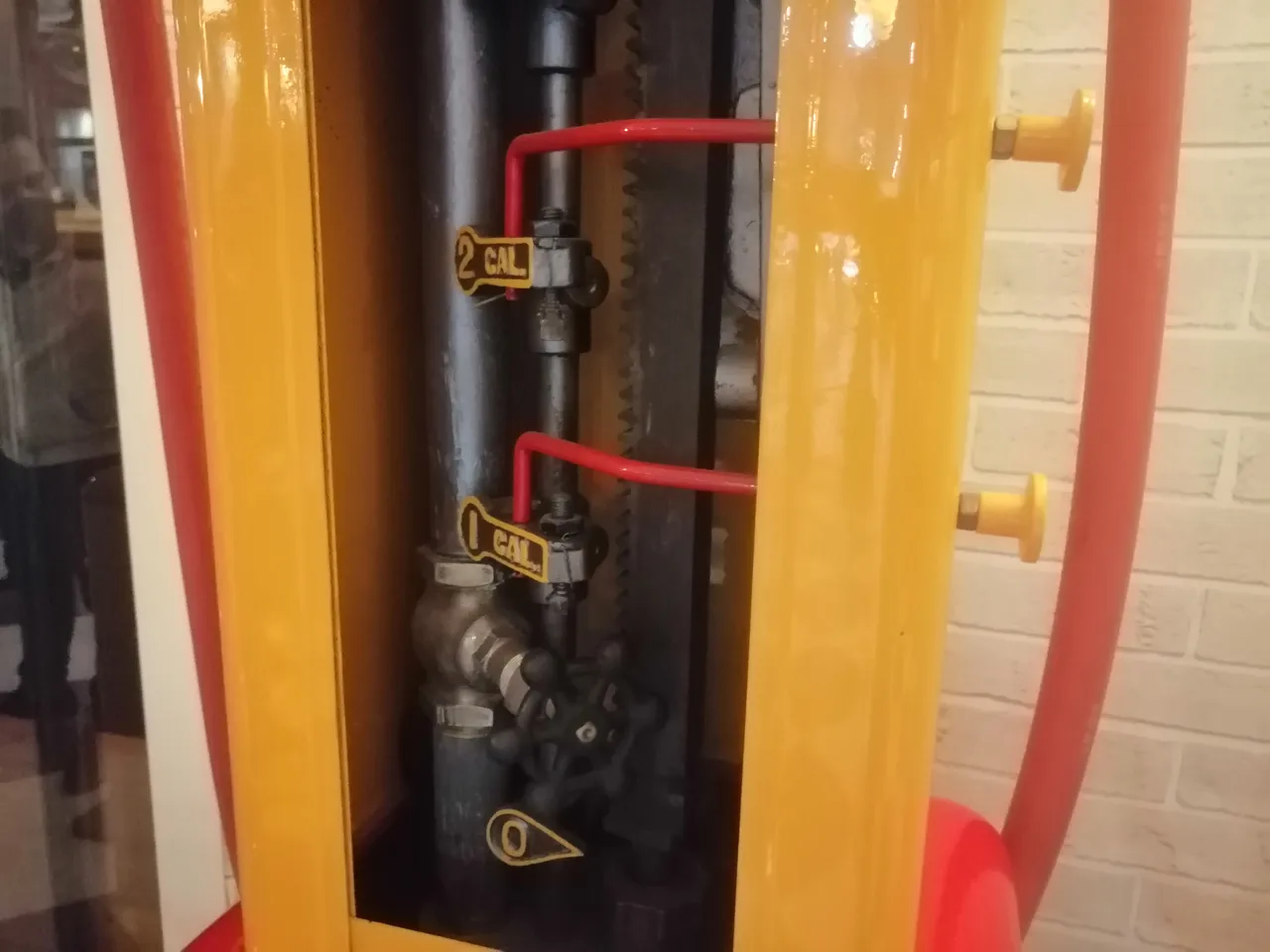
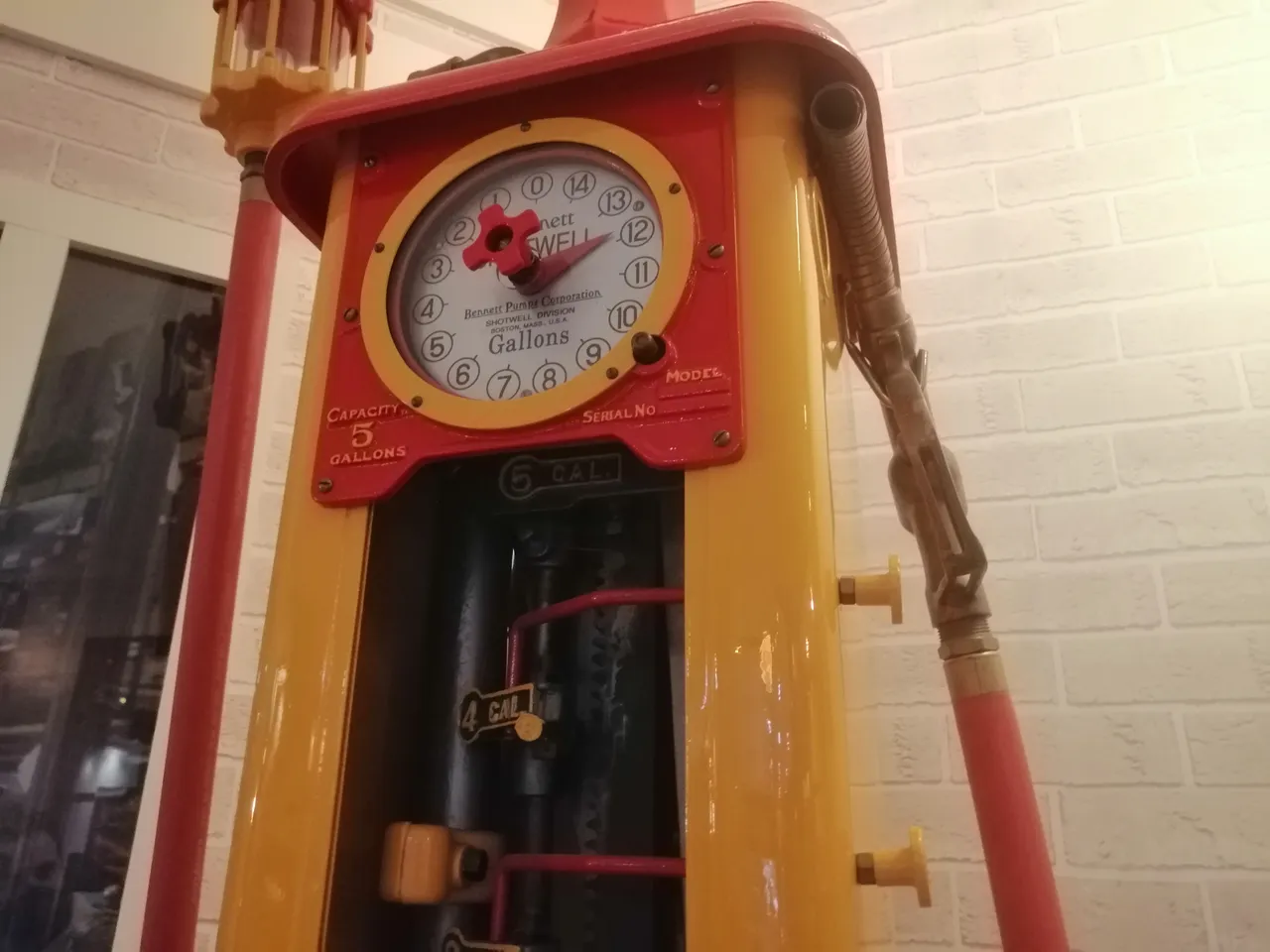
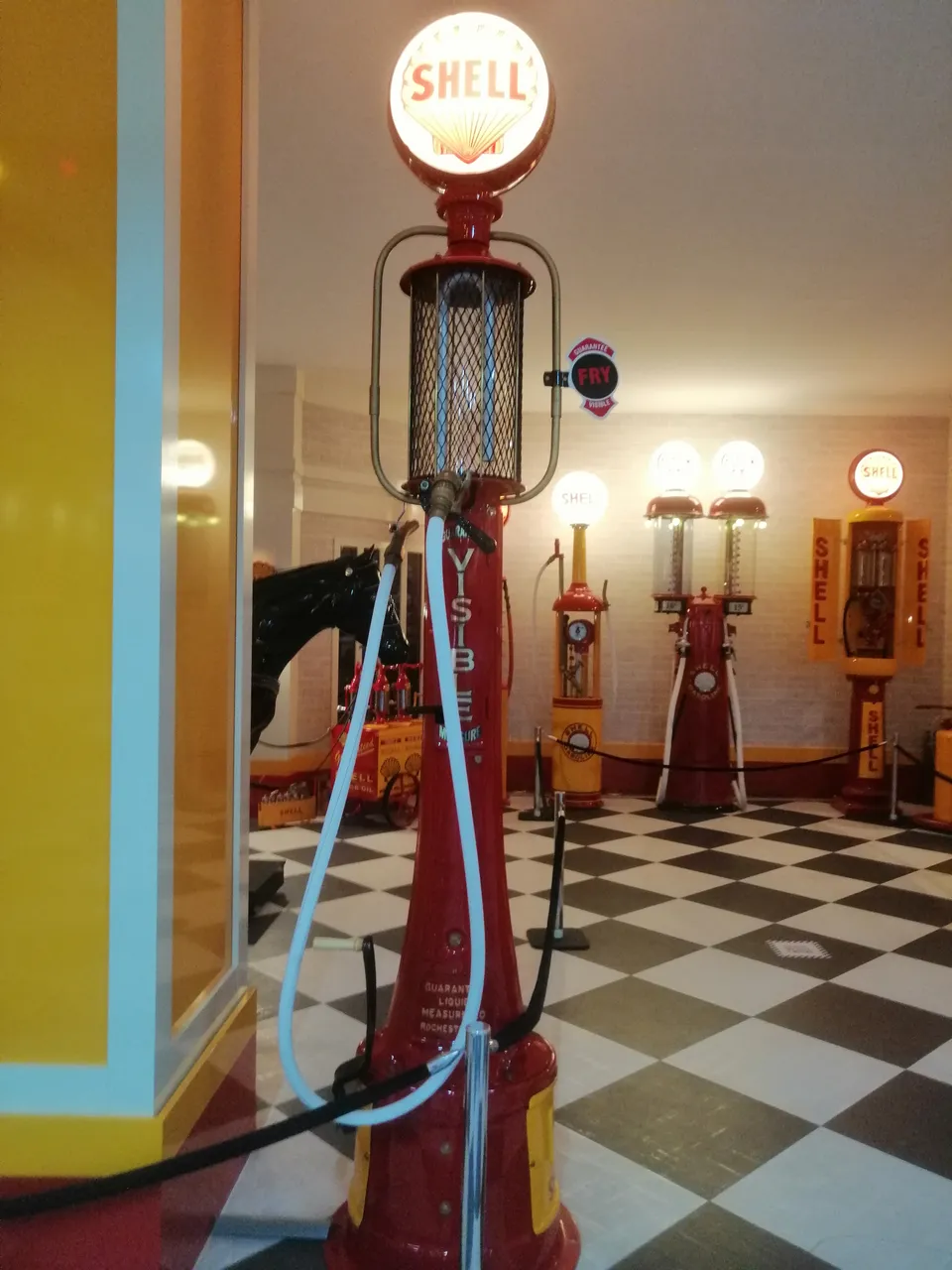
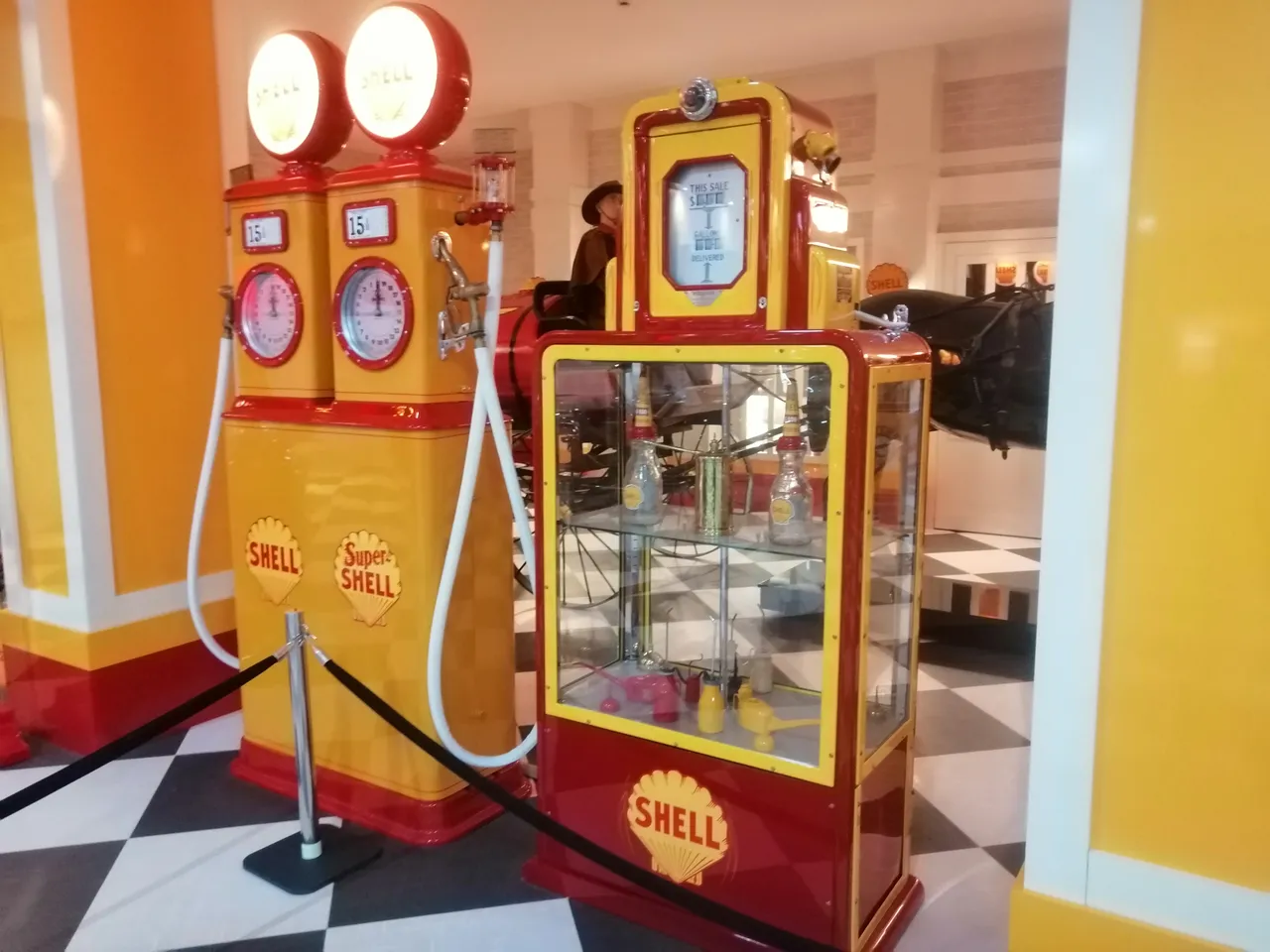
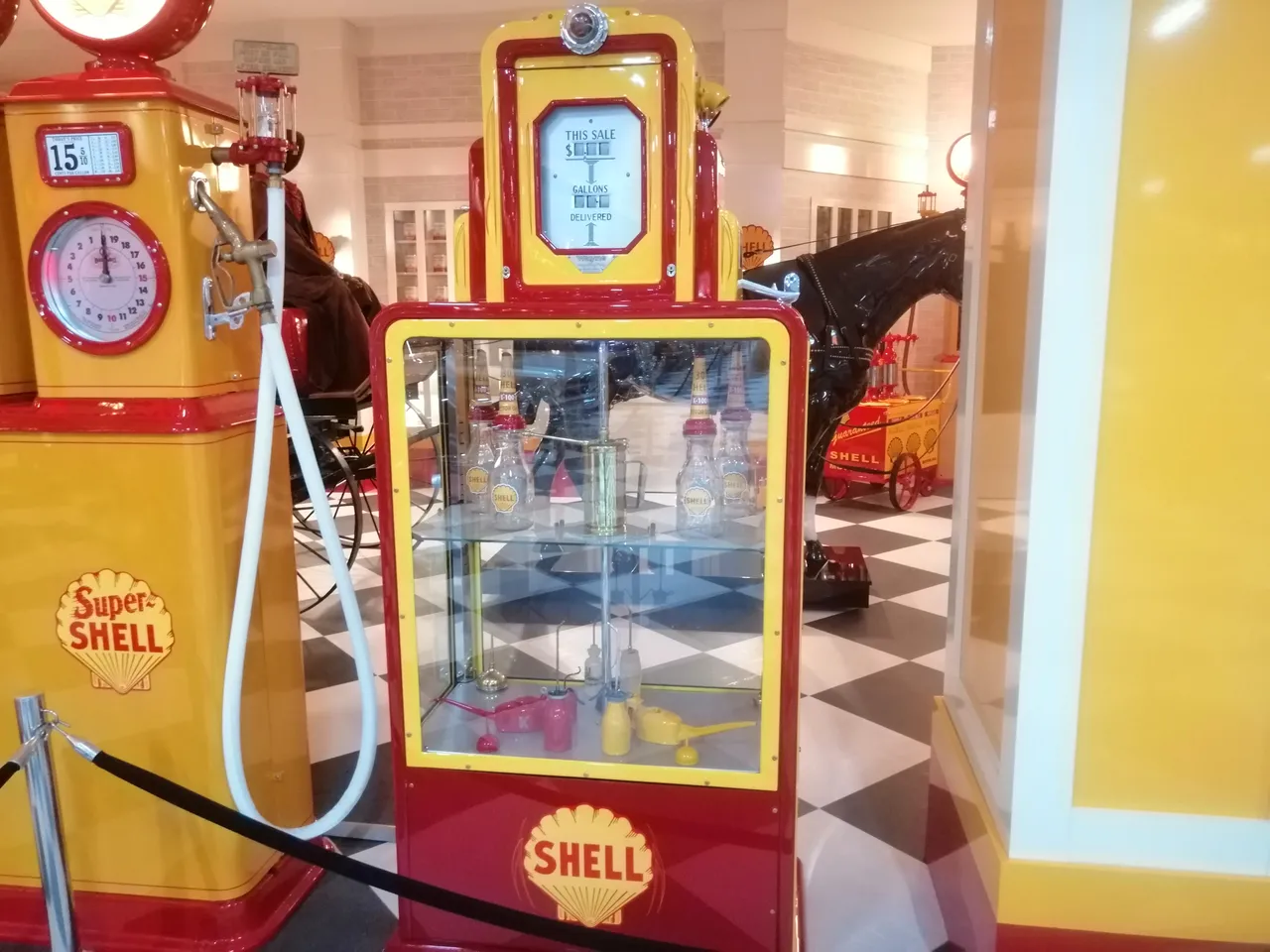
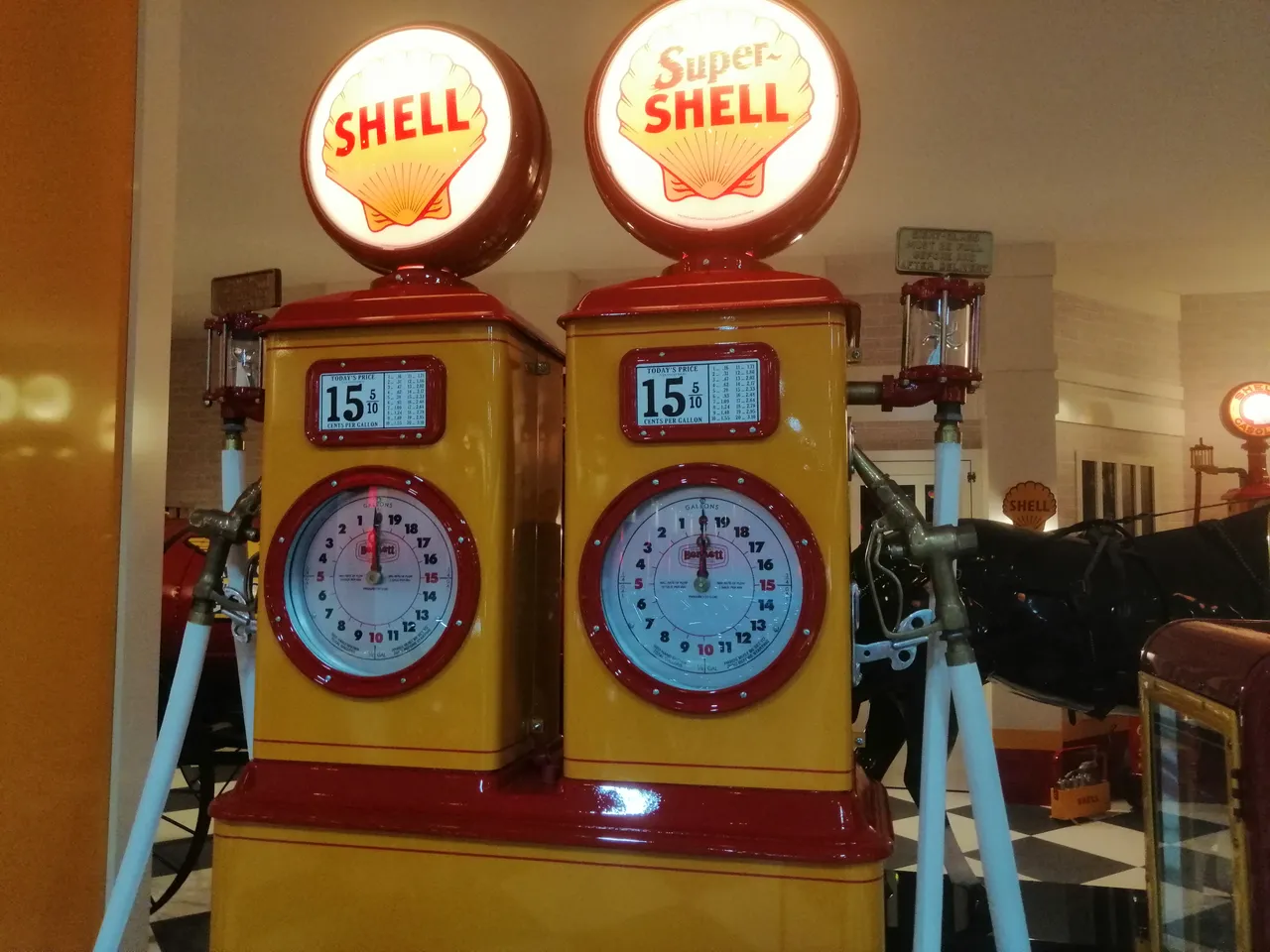
It means it's time to say goodbye, as we have toured our fuel station, which smells of mechanics and history. That's all from me for now, guys. See you in the next part of the series. Stay with love...
Mekanik ve tarih kokan yakıt istasyonumuzu gezdiğimize göre veda zamanı geldi demektir. Şimdilik benden bu kadar arkadaşlar. Serinin bir sonraki bölümünden görüşmek üzere. Sevgiyle kalın...
